Best Places to Visit in Japan for Families







Discover a world of travel inspiration, thoughtfully curated by Wayfairer's passionate travel specialists, shared by our adventurous customers, celebrated by talented travel writers.

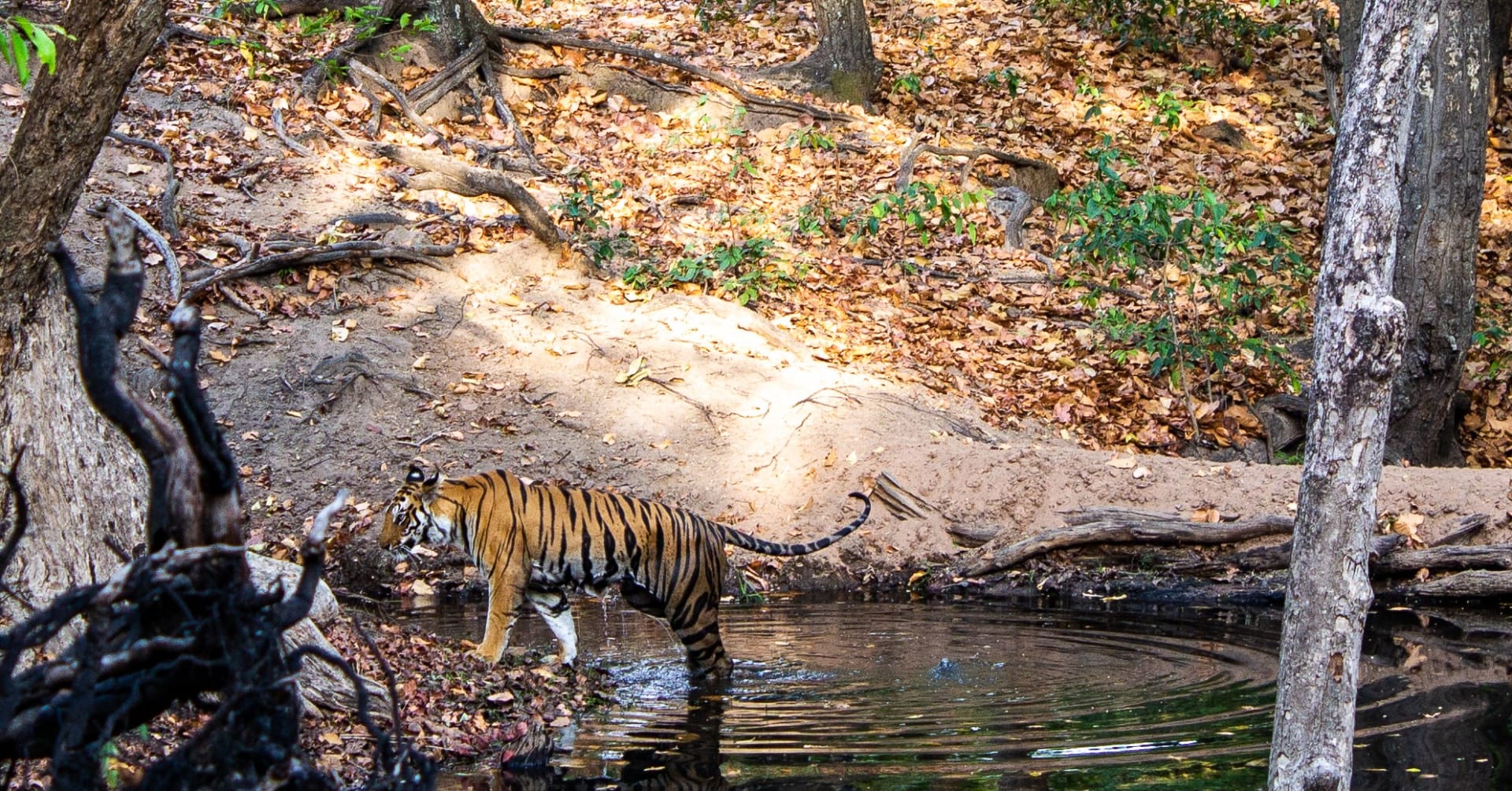
Five top tips for your tiger safari in India Once upon a time, an unending stretch of forest formed a significant part...

Discover how many items you can take on your next vacation using a handy vacation packing calculator.

A safari ranks among Africa's most extraordinary wildlife adventures, and Tanzania stands out as one of the best...

Discover where you should go for your perfect African safari An African safari vacation features on most travel bucket...

Our guide to the best places to visit in December to escape the chilly winter weather

Planning a family holiday to South Africa? Here are our ideas for fun things to do in Cape Town with kids Beautiful...

Our guide to travelling safely in Egypt Travelling to Egypt brings fascinating historic landmarks and monuments,...

Vast grasslands, imposing mountain peaks and shimmering glaciers are homed by Patagonia, a region of unspoiled beauty...
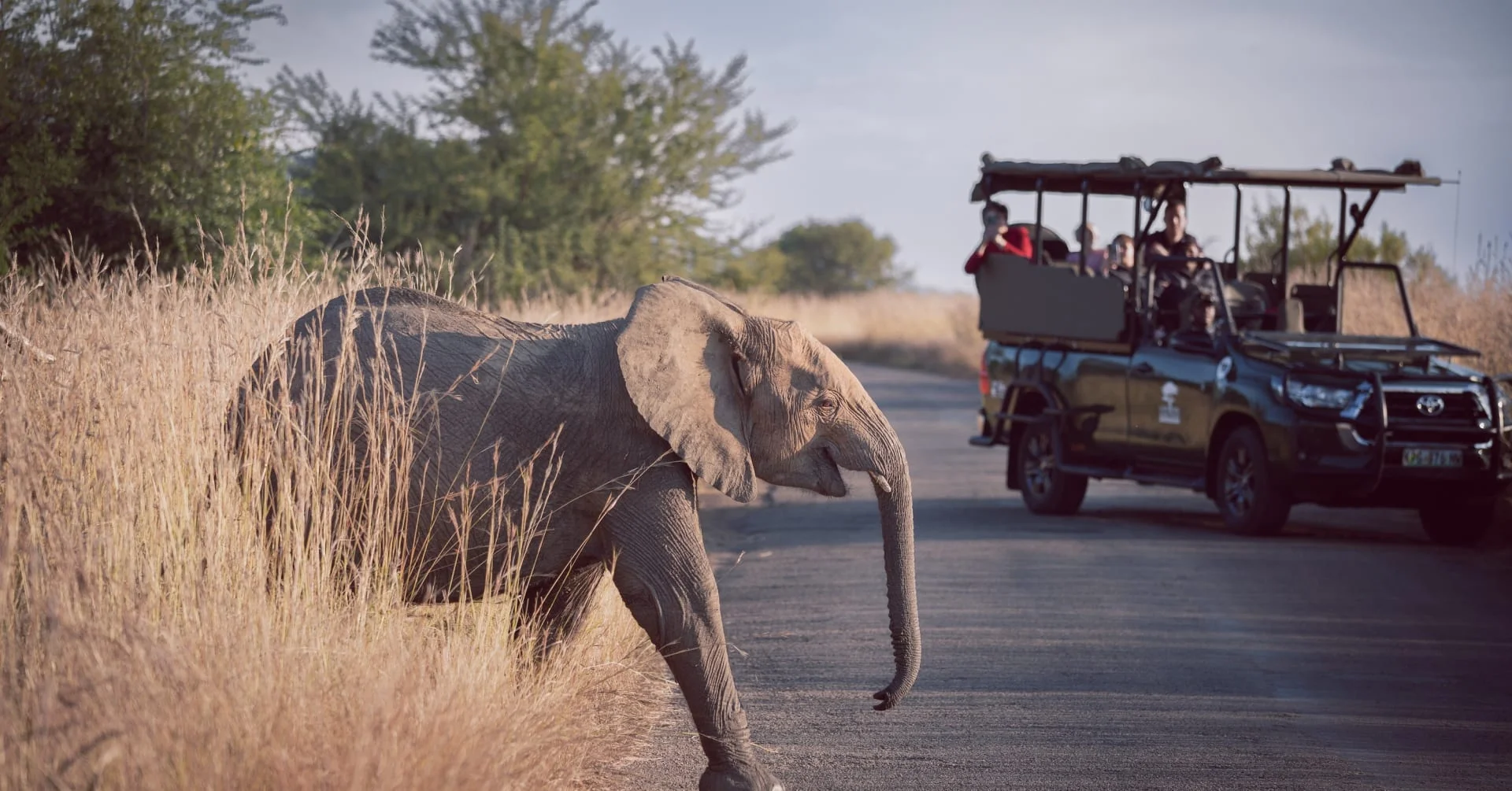
Embark on a journey to create lasting family memories with our handpicked collection of sensational African vacation...

Star-Gazing, Spell-Binding Safaris, & Sumptuous Stays, Glamping in the African Wilds Can't be Beat. A glamping safari...

From Atacama’s ethereal deserts to Patagonia’s snowy peaks, discover what makes Chile so unusual with our ultimate...

For those seeking a closer bond with loved ones and an eye-opening trip away, our luxury private group tours are a...

Tokyo's technological feats, Hokkaido's snow-laden hills, Kyoto's peaceful gardens, and Hiroshima's evocative history....

Are you drawn in by the sweeping tea valleys, evocative ancient ruins and wildlife hotspots of Sri Lanka? Read our...

Conservation Safari: The African Wildlife Tour That Makes a Difference. Are you riveted by the raw beauty of Africa,...
A parent's guide to choosing the best destination for a safari with children, family-friendly lodges & camps and...

Are you deciding on where to travel to next? Read our quintessential list of 10 under-the-radar places to visit in...

World-Class Japan Ski: the Ultimate Bespoke Guide A trip to Japan invites passionate travellers to immerse themselves...

From sun-soaked summers to snowy mountainscapes in winter, Argentina delivers a tantalising journey no matter the time...

The pros and cons of the tailor-made safari and safari tour package. Your expert guide. The African safari tour offers...

Thinking about visiting Botswana? Read our guide to to the best places to go Are you hoping to set off on a dreamy...

Curated luxury tours with deep cultural immersion, covering heritage sites, festivals, and expert-led experiences....
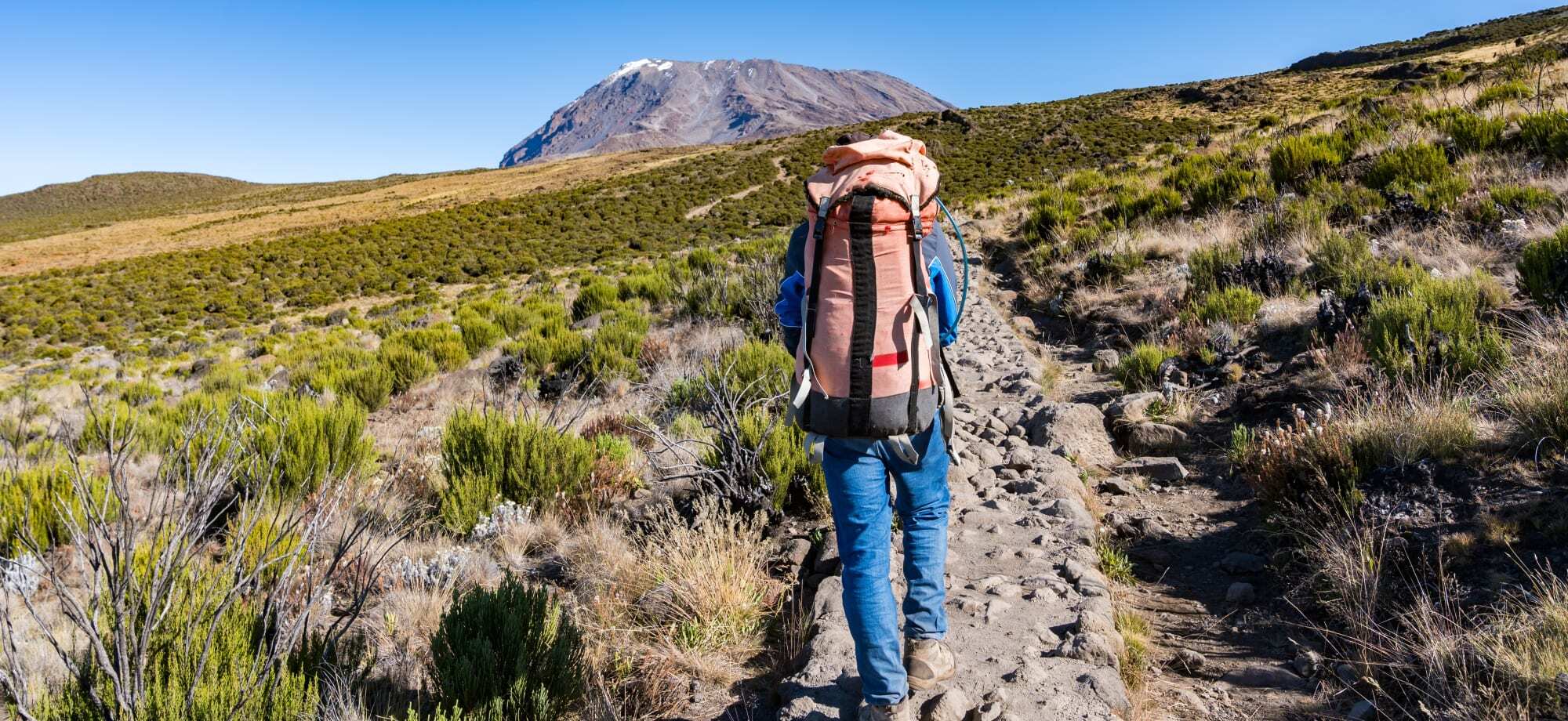
The only African Safari Packing List you're going to need, from the people that really know Africa If you’re reading...

Read our specialist guide for essential responsible travel practices when you're on your holiday in Tanzania and...

Have a read of our top tips to keep you safe in Argentina. For those hesitant to visit Argentina due to safety...

Travelling with toddlers or teens? Drawn to the great African safari? Look no further. When it comes to travelling the...

Magical waterfalls, temple-hopping & riverside relaxation - here are the best things to do in Luang Prabang, Laos.
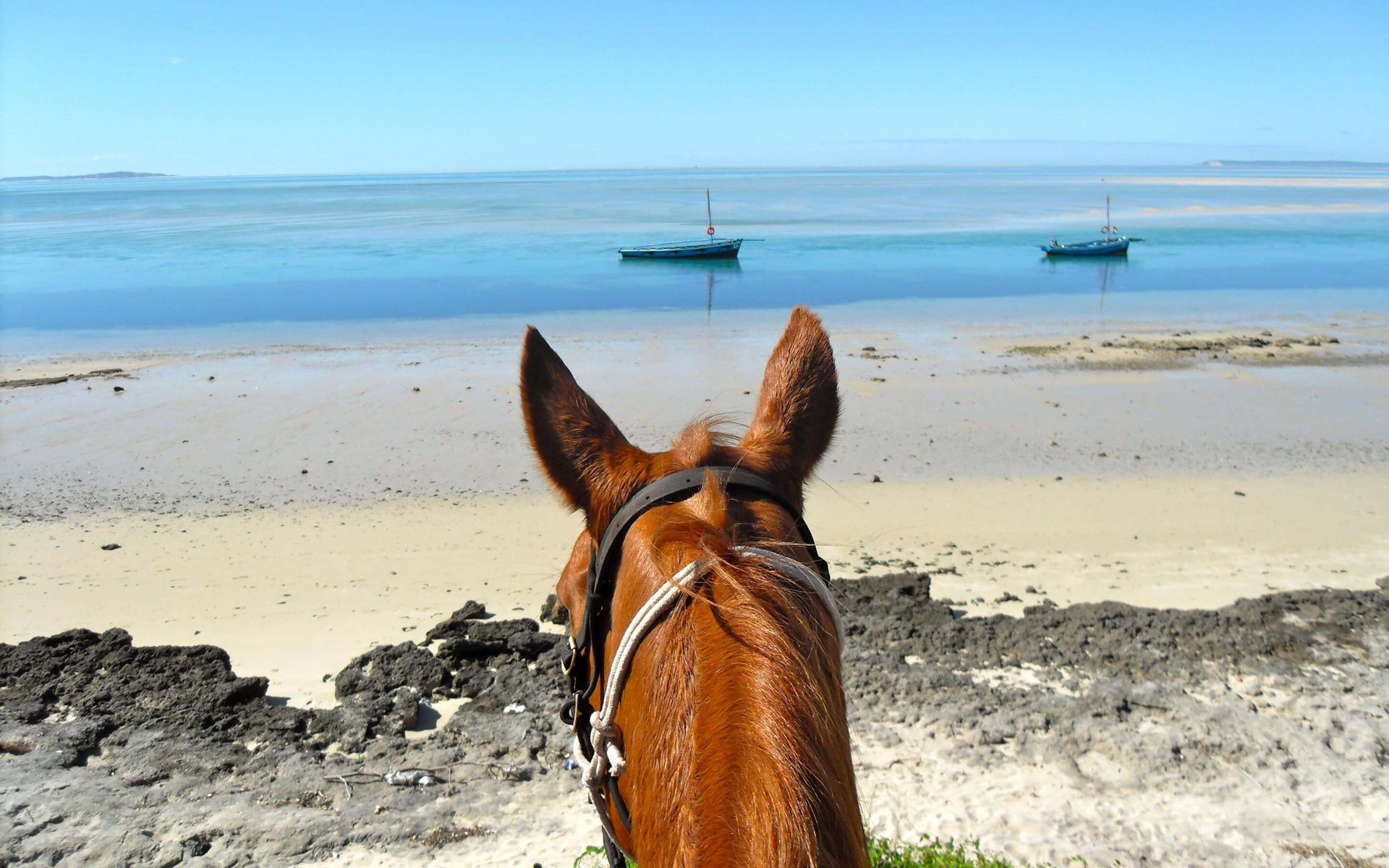
Discover horseback safaris at their best in the wilderness, conservancies, National Parks, mountains and beaches of...

Magical waterfalls, pristine beaches and glimmering rice fields - discover Vietnam's breathtaking beauty

We all know about the twinkling beauty of the Maldives... but what's the best way to become fully immersed? As you...
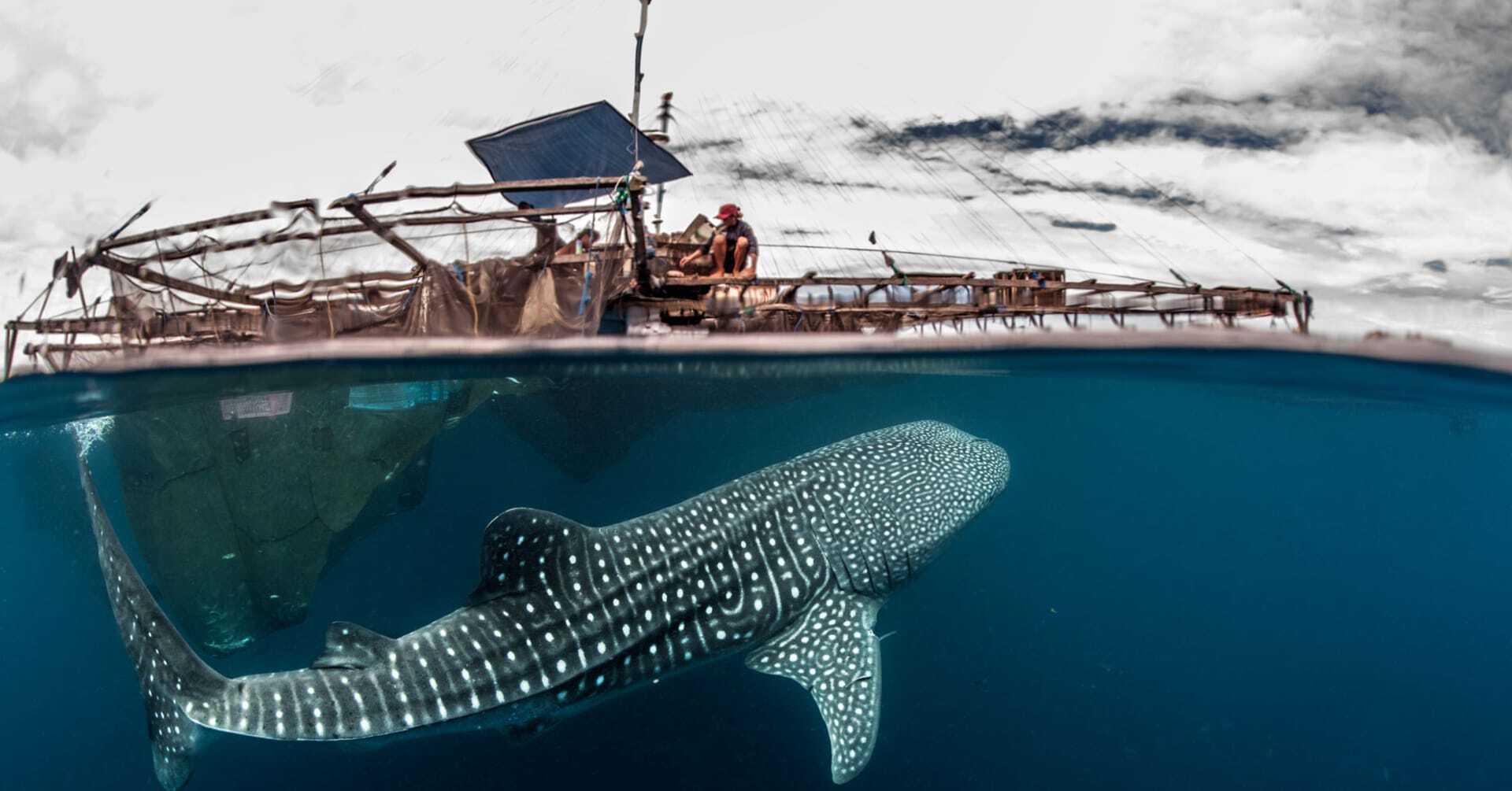
A Tailor-Made Vacation with SeaTrek Sailing Adventures What Makes a SeaTrek Voyage Unique? These trips offer unparalled...
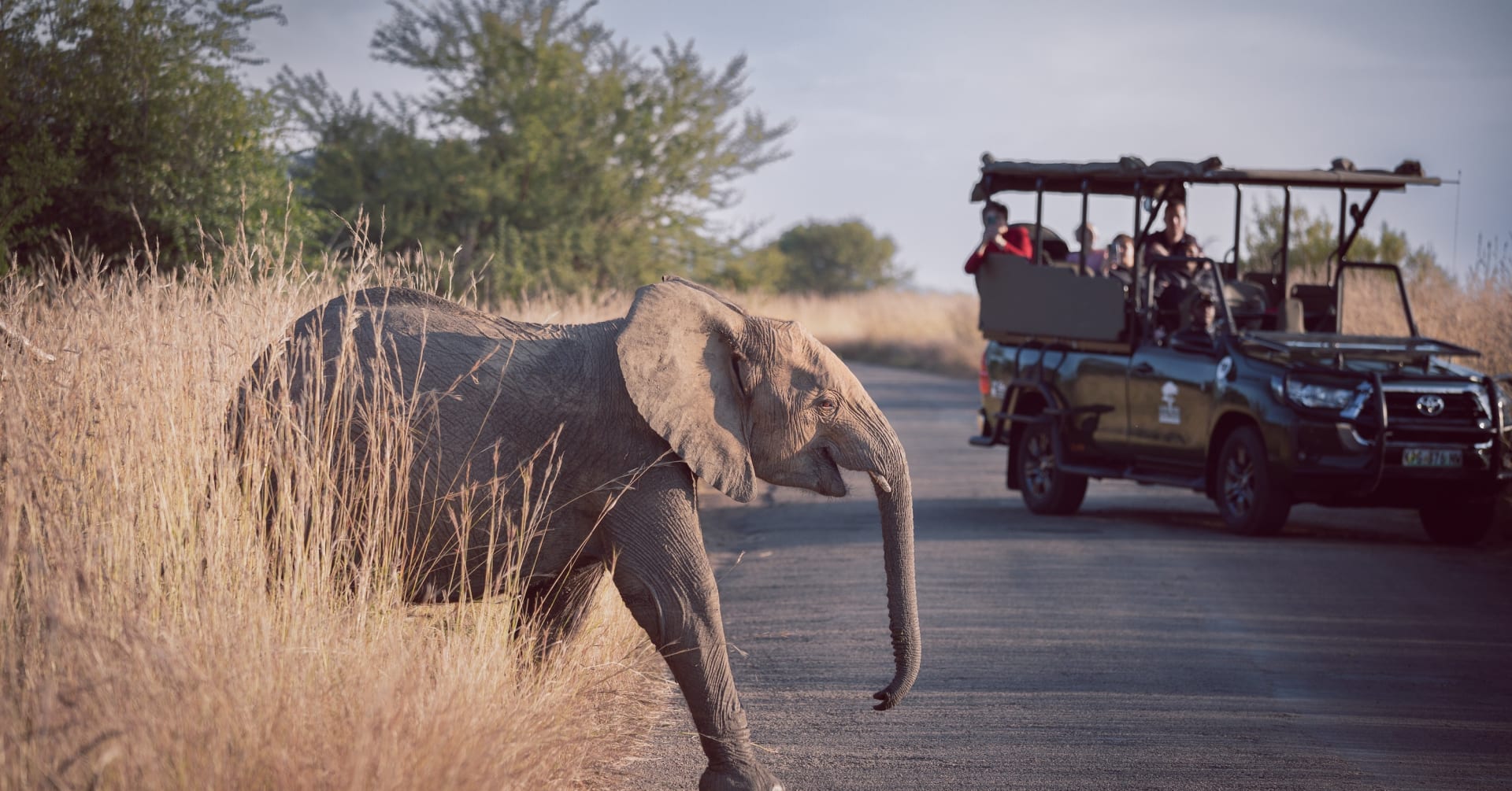
Is it safe to go to Africa on a safari? This is one of the top questions asked of our Wayfairer Africa Team. Many...

Unravel the baffling cascades of Victoria Falls with us and discover the best time to visit for you.


Discover 10 of the world's most endangered marine species and where to see them in the wild.

When to Climb Mount Kilimanjaro: a Comprehensive Guide So, you've decided to take on the challenge of tackling Africa's...

Bring scuba-diving adventures, pristine private islands, and dreamy tropical landscapes to your luxury honeymoon. The...

Are you keen to wander amid the magic of Japan, but don't know when to go? Read our expert guide on the best time to...

From extreme weather gear to the everyday items you might forget, here's our essential Antarctica clothing list. The...

Trek volcanoes, explore azure lagoons and soak up culture. Enrich your incredible trip to Bora Bora with Wayfairer....

Are you planning on a trip to Mauritius? Our essential travel guide offers everything you need to know.

Thrill-seeker, sun-soaker or foodie, beaches offer the chance for carefree moments in the world's best luxury...

Welcome to the Indian jungle’s intoxicating trees, gentle rivers and thrilling close encounters with the world’s most...

From sublime scenery to fascinating, ancient temples, Vietnam's beauty speaks to everyone differently. To discover what...

Our Angkor Wat guide to the best Angkor Wat tours, travel tips, where to stay in Siem Reap and much more The ancient...

Breathtaking temples and tombs, ancient artefacts, and dazzling river cruises, Egypt is a dream-come-true destination....

Travel in style and make a difference as you go... Dreaming of Africa? Well we’re all about making dreams a reality at...

Forests from a fairytale, breezy cliff-tops, and quiet, old-worldly towns, Ireland is the perfect country for a...

Ecuadorian Amazon, Galapagos and elsewhere. What to see and where to see it? Ecuador is famous for it’s incredible,...

Our guide to the best luxury honeymoon holidays in Asia, perfect for a romantic getaway

Roam through Middle Earth in the footsteps of Frodo & Sam as you discover the top Lord of the Rings filming locations

Cascading cataracts, tumbling torrents & fairy-tale falls There's no better reward at the end of a challenging hike...

Discover Zanzibar's best beaches with its spectacular sunsets, palm-fringed beaches, turquoise waters & colourful coral...

Looking for a sign? Let the Chinese zodiac choose your next holiday The Chinese zodiac is intrinsically woven...

Bewildering safari trails, idyllic beach breaks and cultural landmarks. Be bold and discover Africa in 2025.

If you’re planning a vacation in Thailand, our travel guide will help you decide where and when to go and what to do...

Uncover the bliss of eco-luxury travel: a journey that's both breathtaking and responsible. With the travel industry...

Discover Your Dream Luxury Honeymoon. Heaven Awaits. Why choose a luxury honeymoon? Picture this: the wedding is over,...

Tailor-Made Travel: The Key to Making a Trip Your Own. With the luxury travel world being as vast and diverse as it is,...

The Best Luxury Safari Experiences. Discover the Perfect Destination For You. What is a luxury safari? For many,...

What is Luxury Travel & Why Should You Book a Vacation? As the world bustles around us and news outlets only add to our...

Our guide to the best countries to visit in South America depending on your travel style.
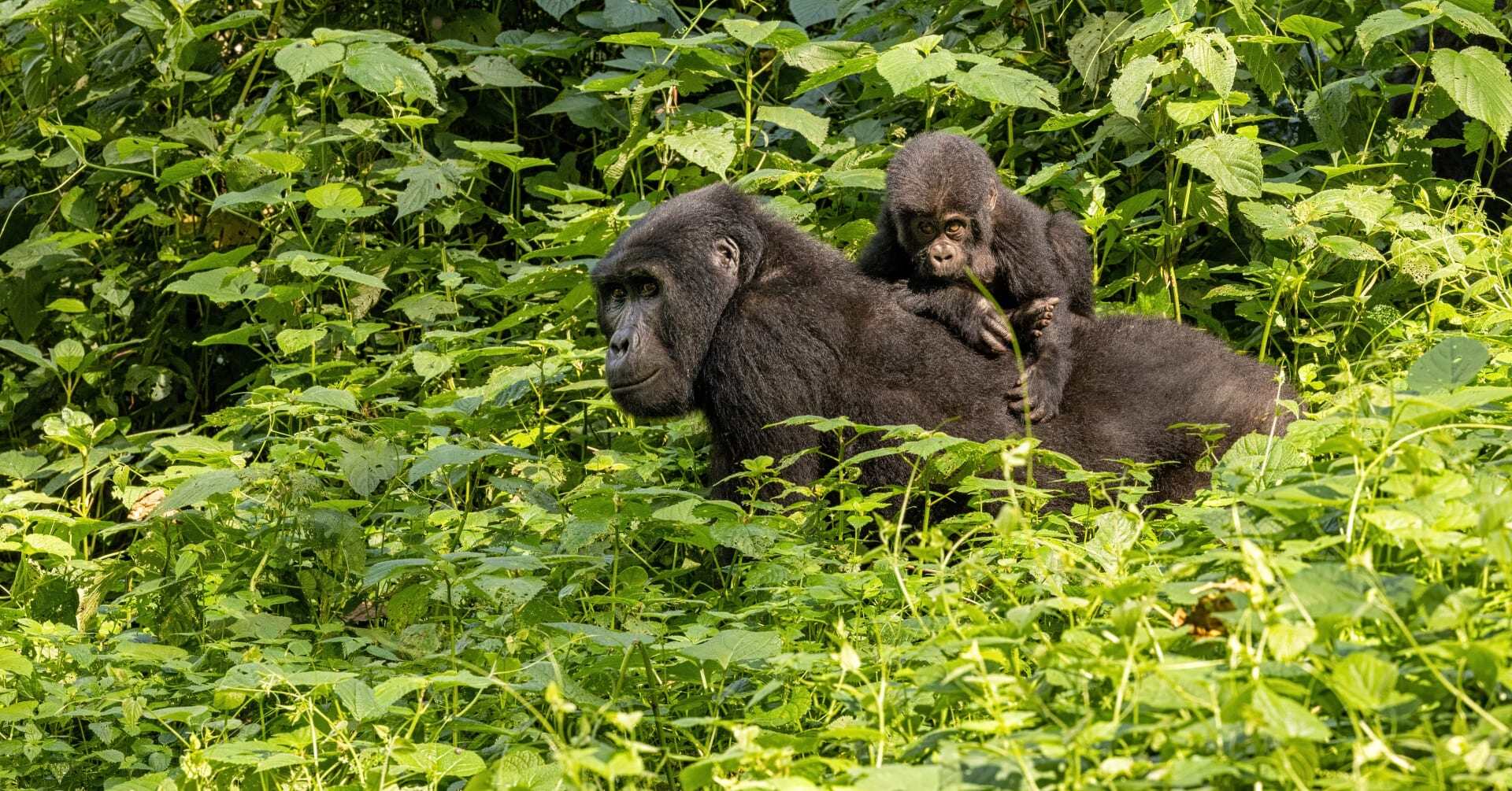
As World Wildlife Conservation Day approaches, we celebrate our fruitful partnerships with the world's best eco-lodges...

Read our list of the top 10 most romantic places to visit in England, a country defined by its rich heritage and...

Make your trip to Easter Island the best it can be with the help of our Travel Specialists! Read our guide to planning...
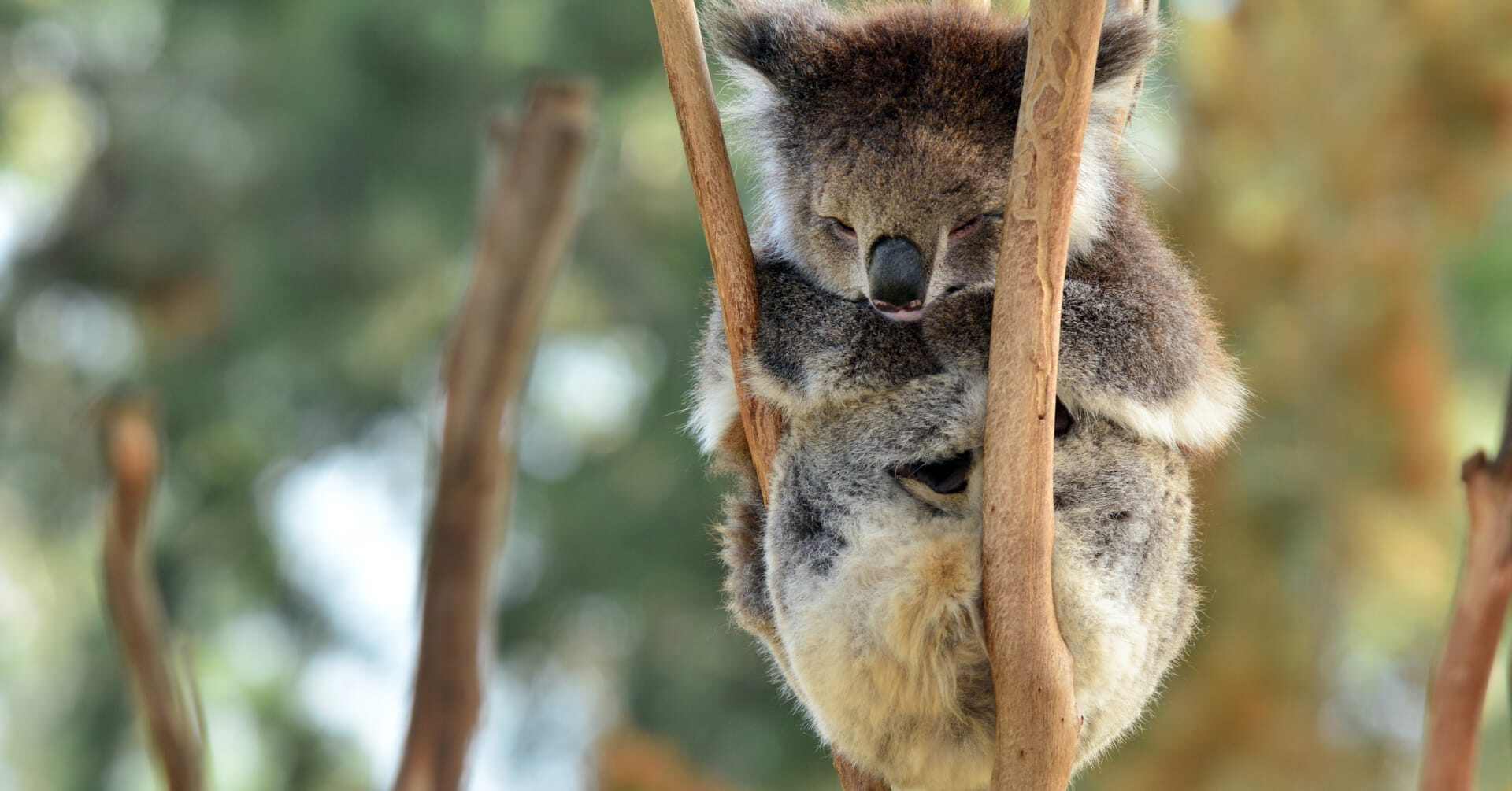
As you plan your unforgettable trip down under, discover the best time to visit Australia for you! Read our expert...

As you tread along some of the world's most beautiful paths on your trip to Australia, Perth awaits with a whole new...

Read our guide to the famous Game of Thrones filming locations in Northern Ireland, and head on a tour of these magical...

Namibia brings mind-blowing sights and scenes to any travel itinerary, but what are the absolute best ways to...

Discover the best time to set off on an inspiring trip to India, whether you seek its wildlife havens or cultural mazes

Read our guide on the best places to go in Brazil, whether you desire its world-famous cities or natural spectacles...

Read our comprehensive list of the 8 best countries to visit with mouth-watering food tours and culinary experiences!...

Read when the best time to visit Kenya is based on the experiences you seek, particularly for safaris. As you decide on...

Our guide to the best things to do on a trip to Oman, whether you seek a tranquil honeymoon or action-packed family...

Wayfairer launches 'Eco by Wayfairer' and 'Gold Eco by Wayfairer', what does this mean and why have we done it? "Eco by...

Seeking a secluded Christmas break, a sunny seaside town or a scenic hike in an autumnal paradise? Here is our...

Discover the seasonal Serengeti Wildebeest Migration patterns throughout the year The Serengeti Wildebeest Migration,...
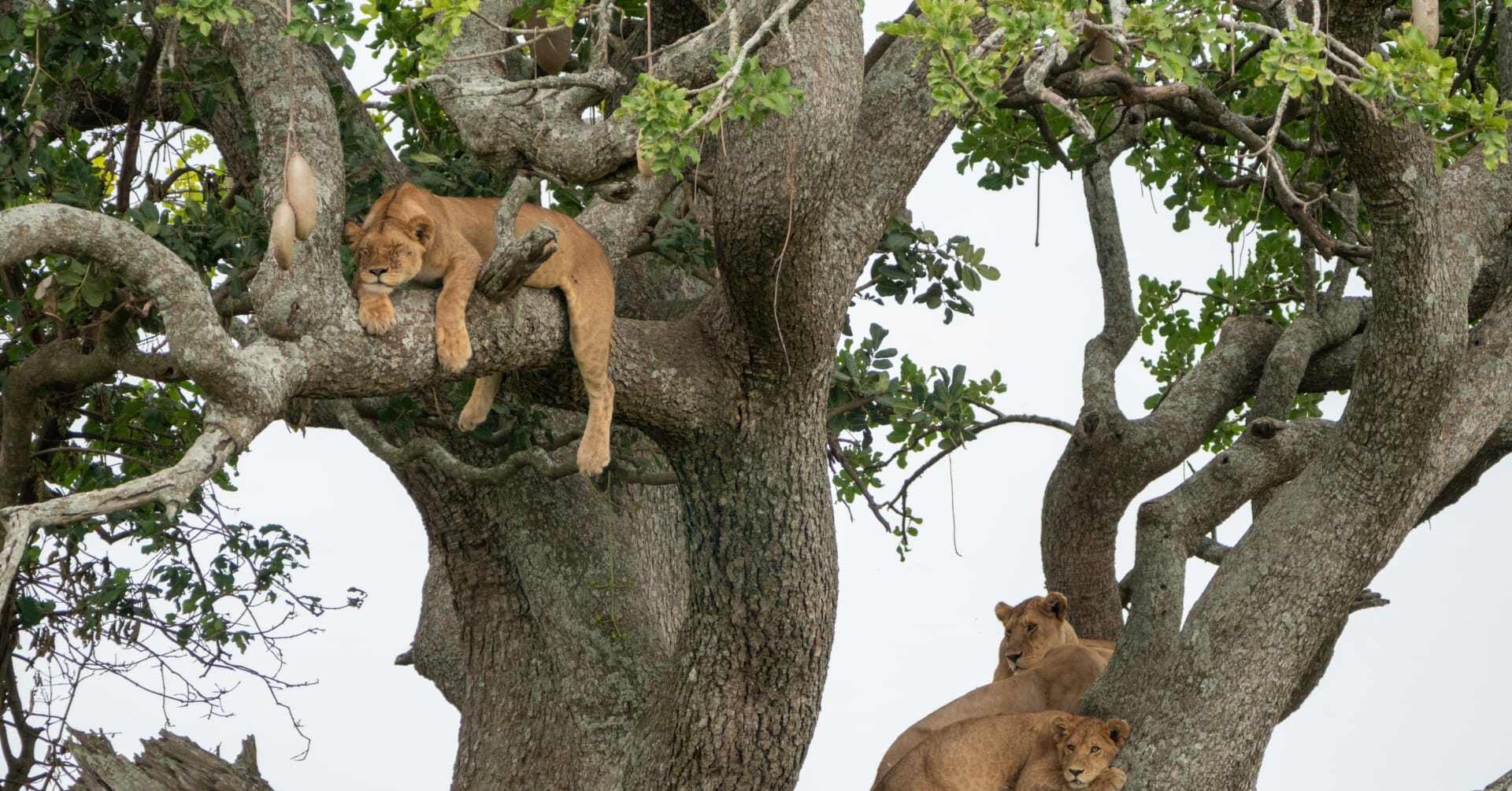
A unique highlight of a Ugandan safari experience - the tree climbing lions of Ishasha Discover in this post tips and...
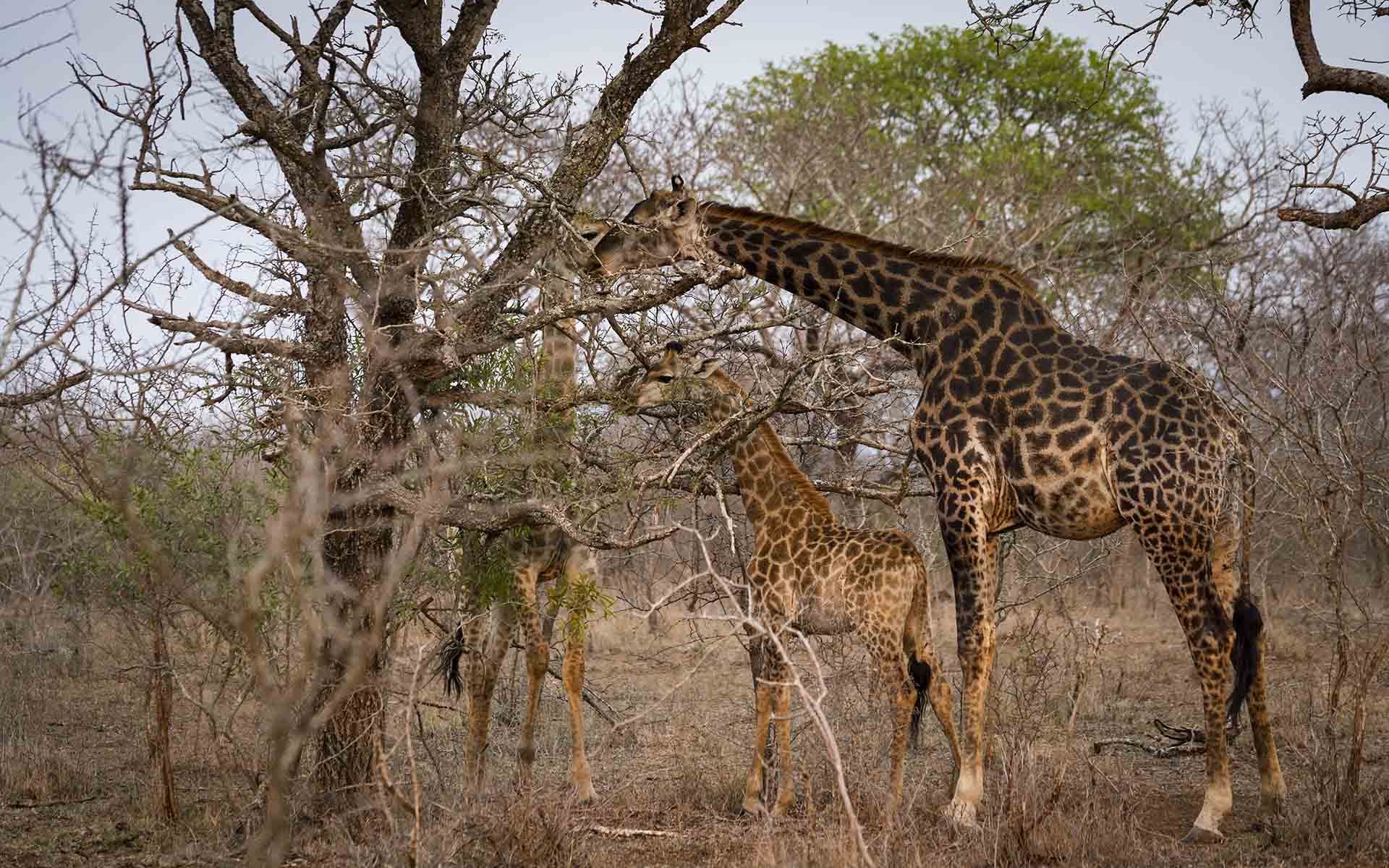
Read why you should get off the beaten track for an incredible safari in Eswatini Whilst many people travel through to...

From white water rafting to swimming in Devil's Pool, choose from a range of adventurous activities on a Victoria Falls...

Our Responsible Travel Executive, Ellie Lewis, discusses the saddening displacement of the Maasai people in Tanzania...

Our guide to the best places to visit in July to create the ultimate summer
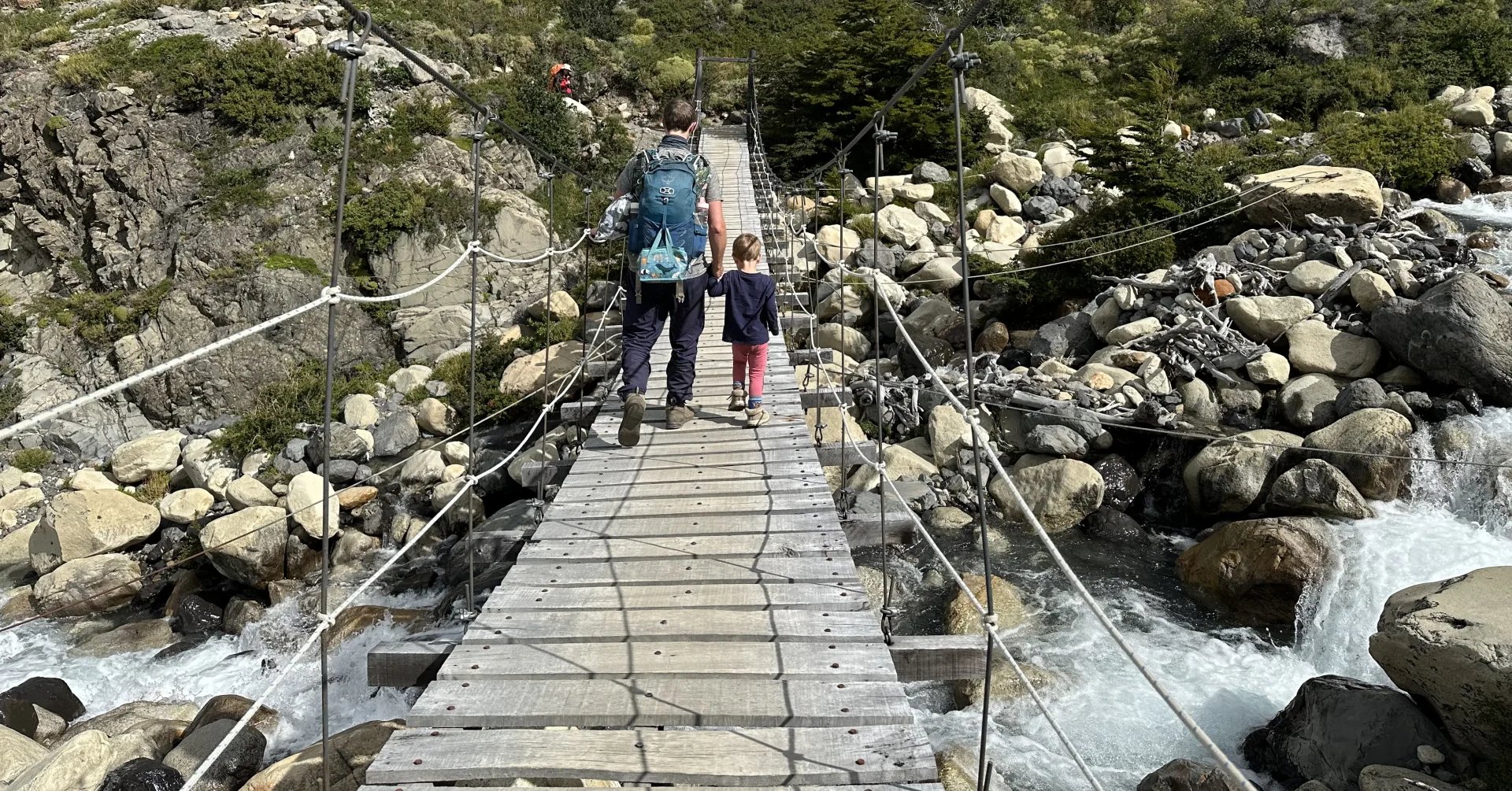
What we learnt on the W Trek with a 1 & 3 year old

French Polynesia offers a unique paradise; read how you can experience this magical place responsibly French Polynesia...

Embark on a two-week conservation-focused Zimbabwe safari with Wayfairer, featuring the best hotels in Victoria Falls,...

A country like no other: Discover dense rainforests, national parks, endemic flora and fauna and playful lemurs with...
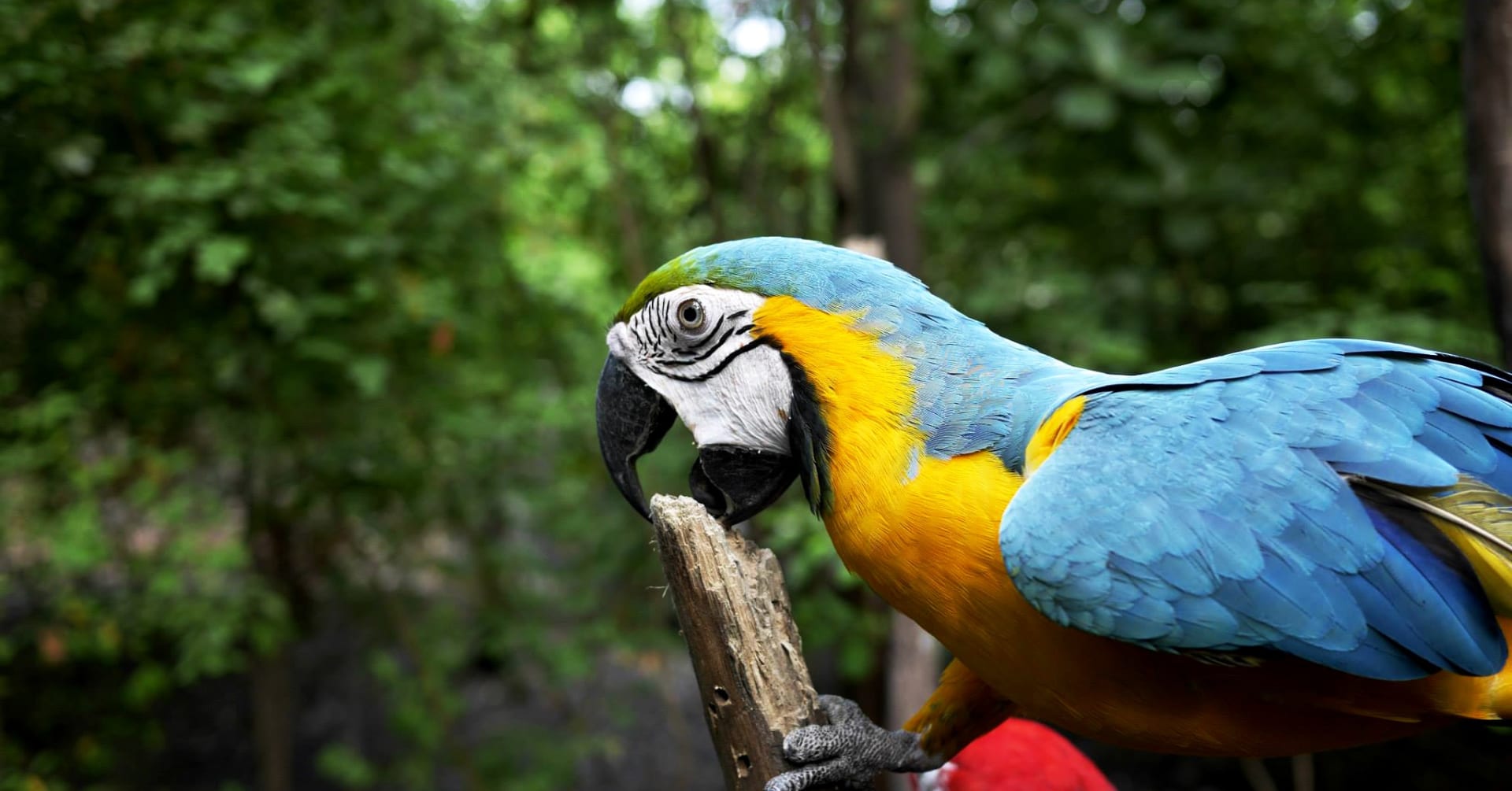
How to enjoy travelling in Ecuador whislt being aware of the environment around you Ecuador. The name comes from the...

The best places to visit in Costa Rica to experience the country's incredible wildlife Costa Rica may be one of the...

The Arctic is an untouched wilderness home to remote communities, striking wildlife, and unusual adrenaline-packed...

Conquer high-soaring mountain tops and glide across icy waters, as Chile’s immeasurable beauty quenches all your...

Looking for some winter sun? Here are some of our favourite places in the Seychelles, Maldives and Mauritius

Discover the beauty of the Seychelles while preserving the environment The Seychelles is a 115-island archipelago with...

Brimmed with dynamic wildlife and ethereal scenery, Malawi is a small country offering rare opportunities. Here’s our...

Are you looking to give back to local communities or to protect the environment the next time you travel to Kenya? If...

Dip your toes into the crystal waters of the Kenyan coast and join me as I reflect on my trip to East Africa.

Chile is renowned for its stunning adventure and natural wonders, however there are certain things to see and do that...

Immerse yourself in the sun’s shimmering warmth, bidding farewell to winter’s chill as you embark on one of these...

Nestled between the rugged Andes Mountains and the vast Pacific Ocean, Chile has diverse landscapes, from the arid...

Have a look at some of the incredible sites to visit during your trip to India India is a world in one country, where...

As temperatures drop and sunny days get darker, these six luxury winter holidays in the sun are perfect for any...

Are you looking for a holiday with buckets of water sports adventures? Or do you want to escape the chilly weather and...
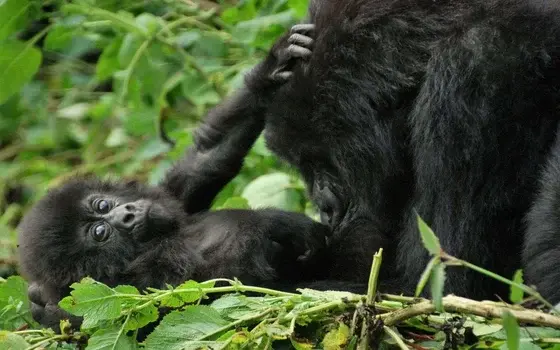

If you’re planning a holiday to Laos our travel guide will help you decide where and when to go and what to do whilst...

Looking to escape the cold weather? Have a look at 7 of the best places to visit this winter Step into November, where...


Botswana has a delectable blend of deltas, dramatic sunsets and deserts sporting untamed wildlife and exhilarating...

We encourage our clients to travel in a responsible and respectful manner. Here’s our guide to responsible travel in...
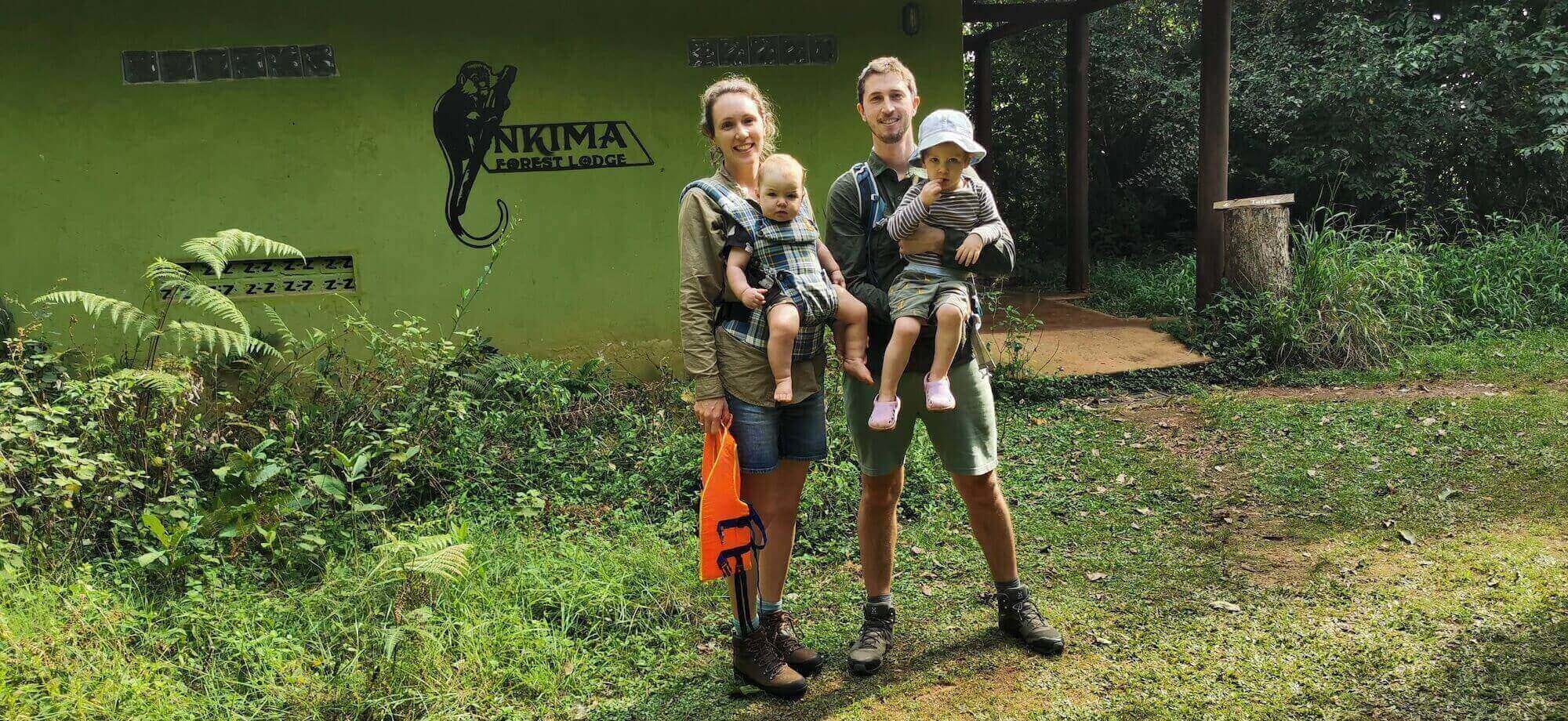
10 extremely helpful, practical points for family holidays to Africa

Costa Rica is a haven for wildlife, rainforests, pristine beaches, and rumbling volcanoes. Here’s our guide to...

Experiences that are both uniquely Costa Rica and uniquely you Trips to Costa Rica have a lot to offer travellers, and...

We pride ourselves on creating unique, authentic and sustainable tailor-made holidays. Here are our top 10 tips to...

The Maldives has to be one of the most beautiful places on Earth The tiny nation is made up of a string of exquisite...
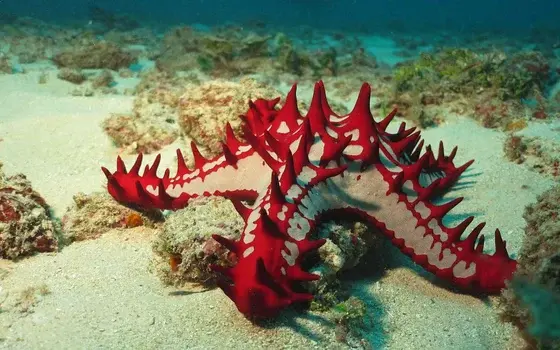
Visit Kenya's iconic safari destinations whilst travelling in a responsible way Here at Wayfairer we take care to...

Learn about Antarctica's unique environment and how to minimise your impact on your Antarctic expedition Renowned as...

Learn about Chile's endangered landscapes and diverse cultures Renowned for its astonishing ecological diversity,...


Wayfairer's guide to essential responsible, sustainable and ethical travel practices whilst on holiday in India We are...

Discover what it takes to travel responsibly & ethically in Sri Lanka

Saving the near-extinct Northern White Rhino The WWF estimates that the rate of extinction is currently at around 0.01%...
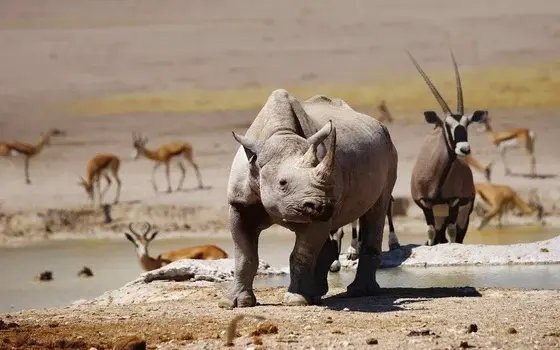
Whether it’s protecting fragile habitats and highly endangered wildlife or preserving cultural traditions, Namibia is a...

Learn about the Maldives extraordinary environment and sustainable luxury resorts Few places on earth rival the natural...

Learn about Argentina's incredible cultural diversity and spectacular national parks
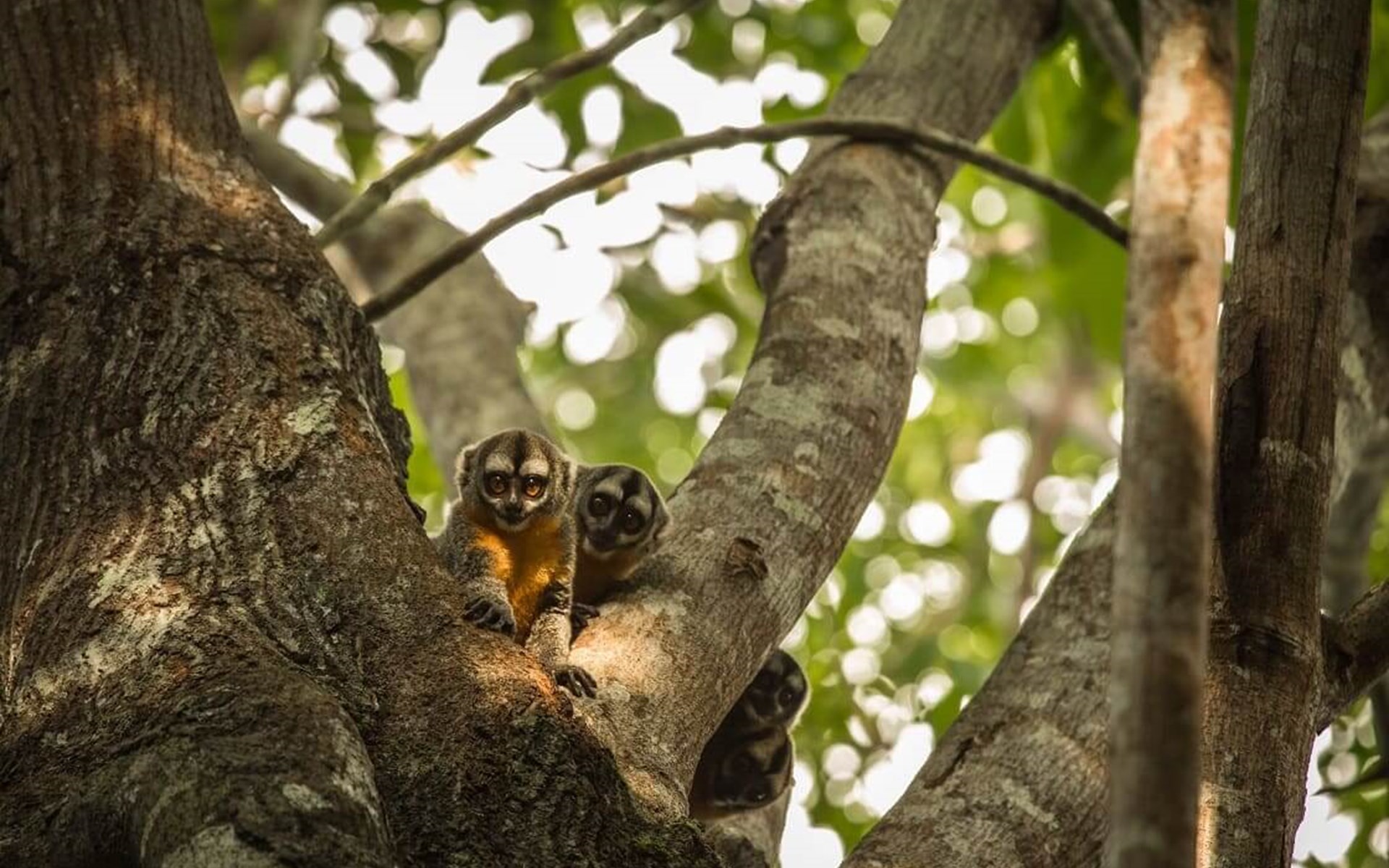
Discover beautiful Peru and how you can minimise your impact when visiting Peru's outstanding reputation as a travel...

Cape to Kruger; bush to beach - this South Africa and Mauritius adventure is never to be forgotten Maria and Mike...

Learn about Maori culture, New Zealand's endemic wildlife and conservation practices

What Exactly is Responsible Travel?
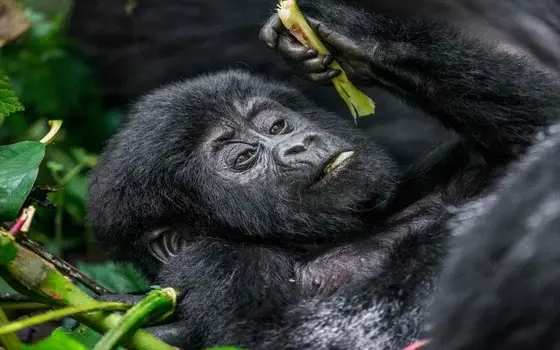
We encourage our clients to travel in a responsible and respectful manner. Here’s our guide to responsible travel in...

Are you looking to plan a luxury holiday to the Rainbow Nation? Here’s our guide to travelling in a responsible fashion...

Read our Maldives travel guide to discover everything you need to know about a luxury holiday in the Maldives

How to steer clear of greenwashing when you book your next holiday

A family journey from the Indian Ocean to the Namibian deserts
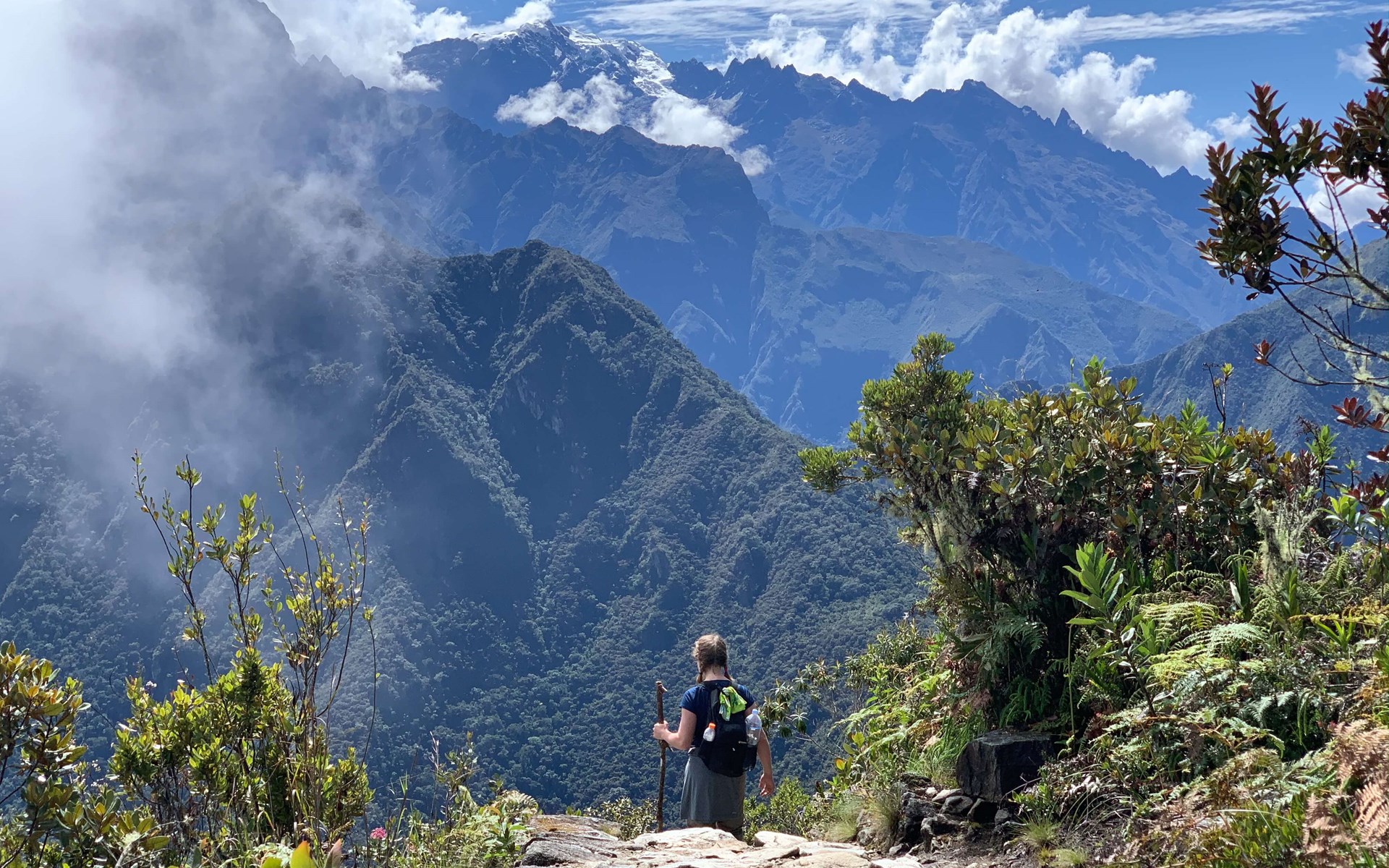
Some useful tips for trekking in Peru The Andes extend 7,000 kilometres across 7 different South American countries....

From Jennifer McVeigh's 'The Fever Tree' to Nelson Mandela's 'Long Walk to Freedom', here's my reading recommendations...

A guide to visiting Japan during sakura season The sky darkened with promise of a downpour, droplets landing on my...
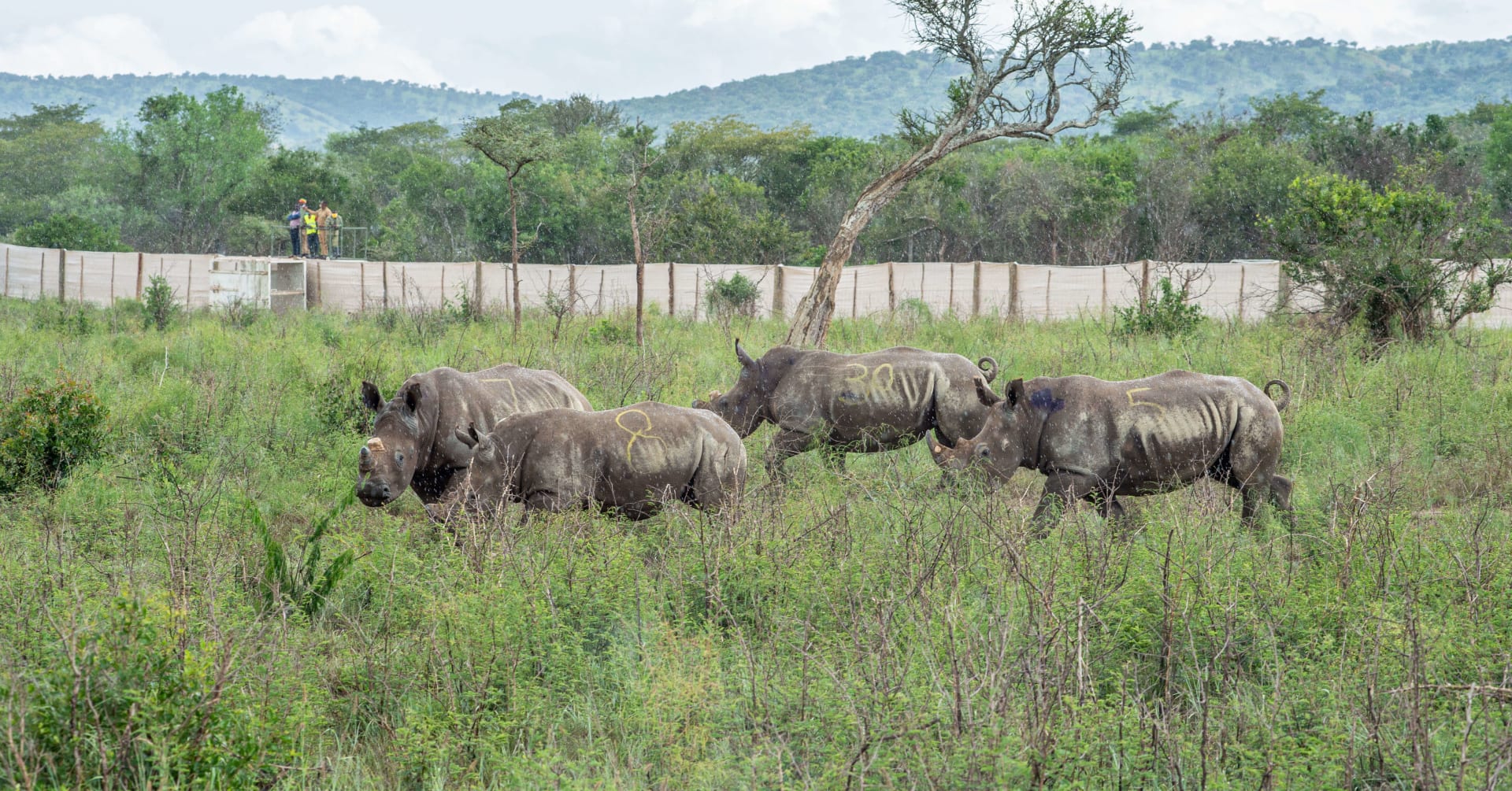
30 White Rhinos Flown to Rwanda From Phinda, South Africa to Akagera, Rwanda On the 29th November 2021, African Parks...

What to expect from two weeks on a Botswana safari Wayfairer head of sales, photographer and Luxury Travel Specialist...

World-renowned wildlife, smouldering volcanic vistas, warm cultures of the sierra

Looking to spice up your next holiday to Africa by, say, throwing yourself out of an airplane? Or plummeting down a...

Discover 27 types of honeymoons and pick your perfect holiday
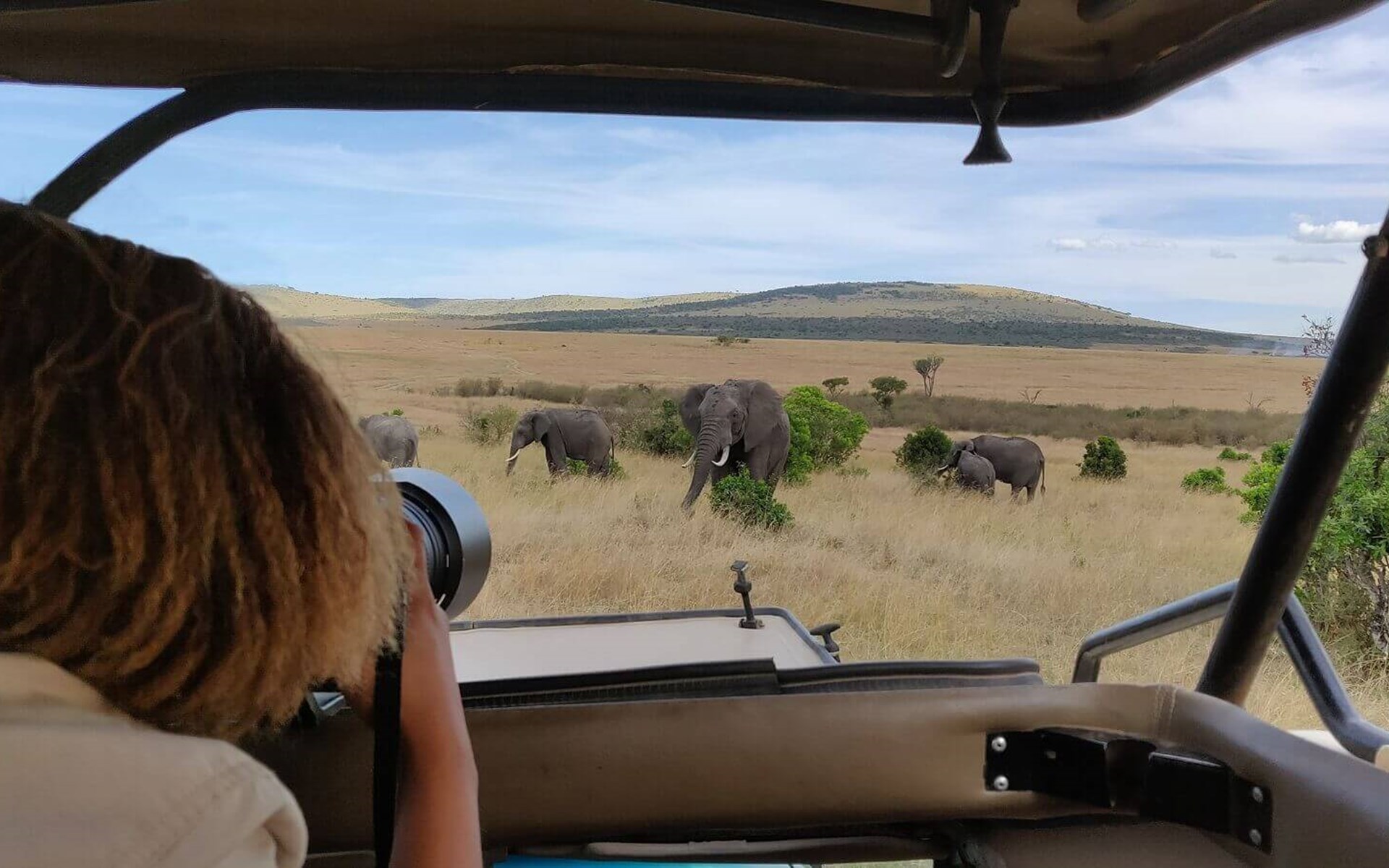
Improve your wildlife photography skills on safari with Rachel Sinclair

A long-awaited trip of a lifetime to Antarctica In January 2023, Dale and Pamela set off on their long-awaited trip of...

From Songkran to Loy Krathong, here are 15 of the best Thai festivals to time with Thailand holidays Thailand boasts...
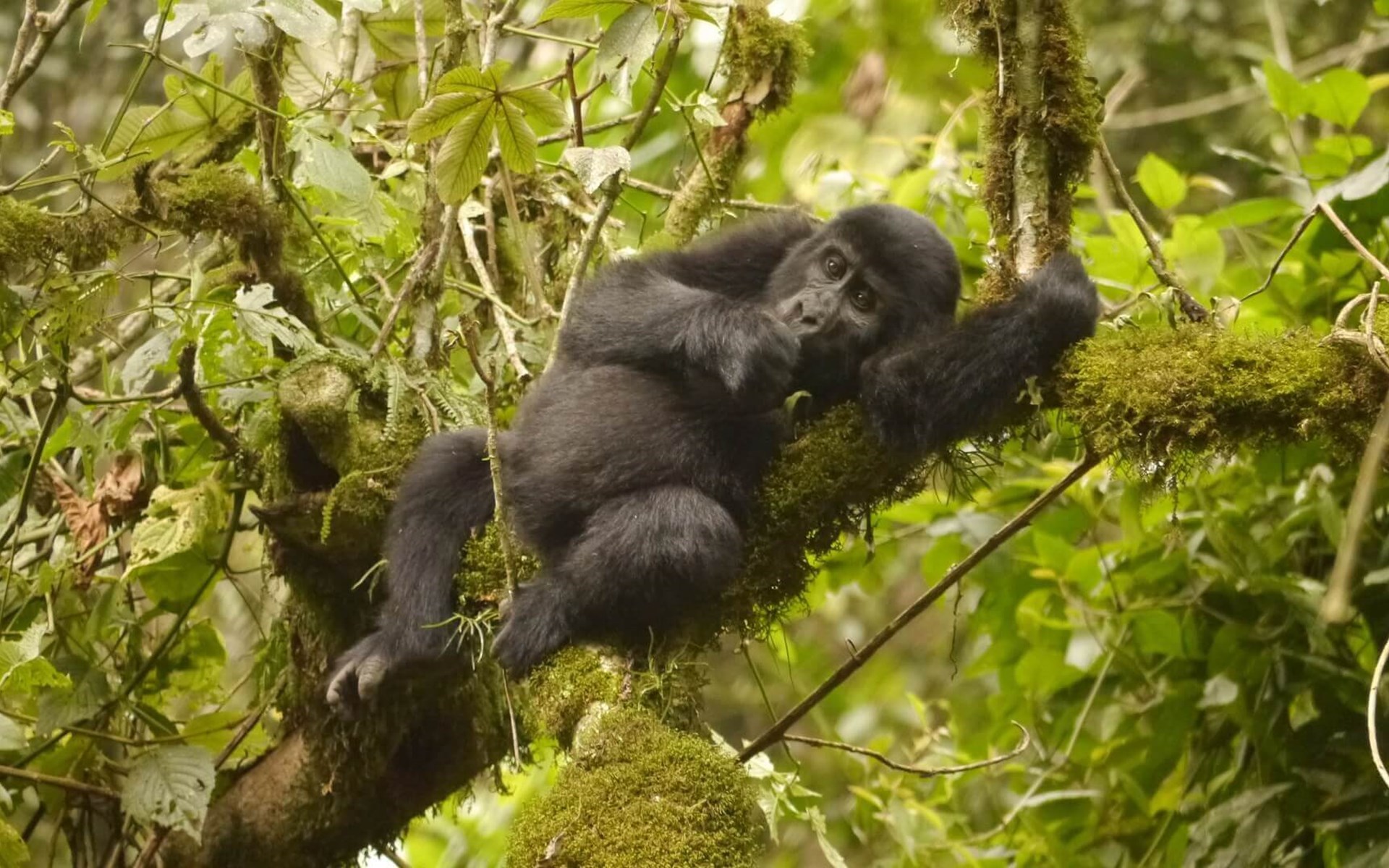
Read about Katie and Johns wonderful safari adventure in Uganda and Tanzania It’s not every day that you meet someone...
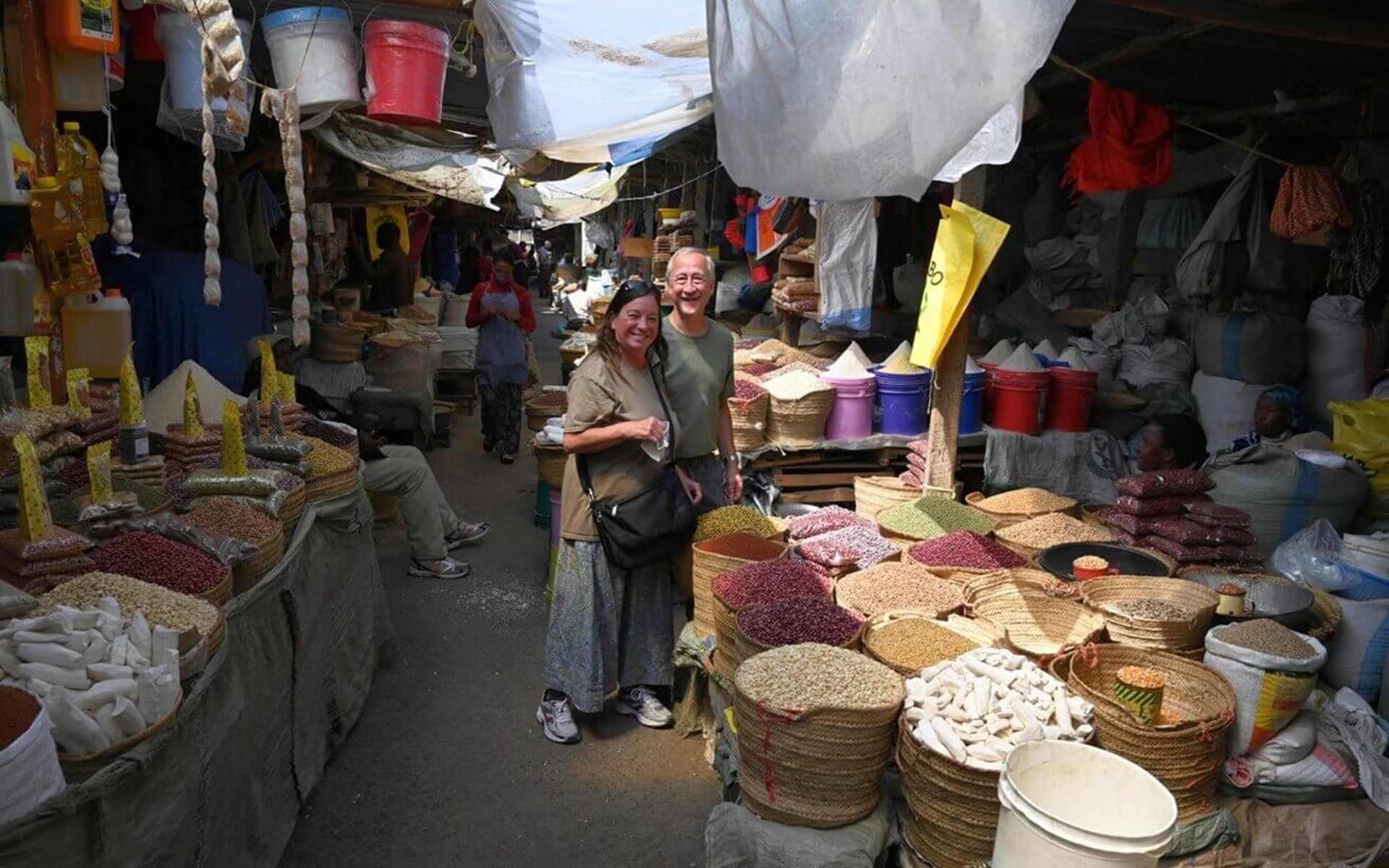
This trip was a trip of a lifetime for us. As an amateur photographer I had often dreamed about going to Africa and...

Pioneering discoveries, bold adventures & unbelievable stories of survival It was the ancient Greeks who first thought...

We encourage our clients to be considerate to the communities and environments they visit. Here’s our guide to...

If you’re planning a holiday to Tanzania our travel guide will help you decide where and when to go and what to do...

If you’re planning a holiday to Kenya our travel guide will help you decide where and when to go and what to do whilst...

Learn key Japanese phrases, how to get around and the basics of Japanese etiquette.
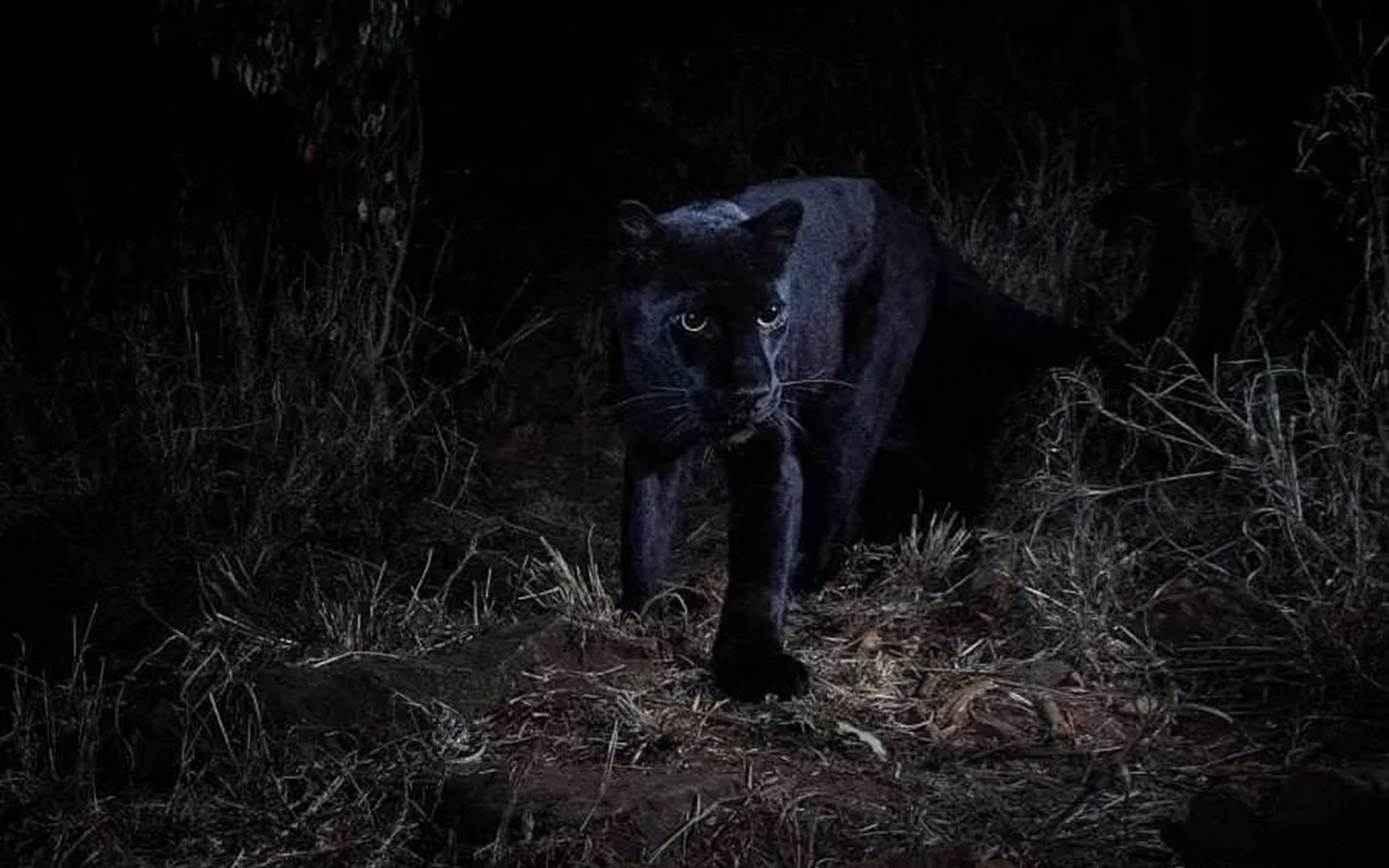
Where to find the world's most secretive big cat Black leopards, ghosts in the darkness, are exceptionally rare, almost...

The best, family-friendly, sunny escapes to Africa and the islands

We're whisking you off to the real-life set of the Madagascar movie. The Madagascar movie is now a four-part movie,...

Slurp soba, sip sake, munch mochi and gorge on the freshest sushi in the world. The best way to get to know a country...
.png)
Discover how to meet the mountain gorillas of Bwindi Impenetrable National Park There are few experiences as powerful...

Firsthand accounts of daring polar exploration & unbelievable tales of survival Think of Antarctica and you think of...

If you’re planning a Vietnam holiday our travel guide will help you decide where and when to go and what to do whilst...

The best places to visit in Hanoi for a cultural sightseeing tour of Vietnam's vibrant capital city With its Chinese,...
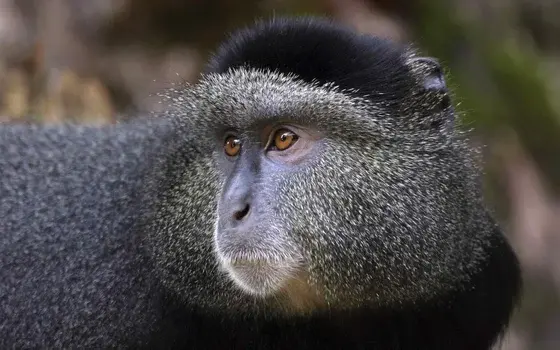
We encourage our clients to travel in a responsible and respectful manner. Here’s our guide to responsible travel in...
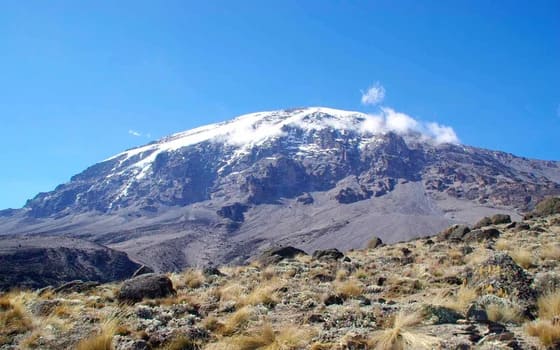
Exciting & adventurous travel experiences to inspire intrepid explorers The word "holiday" conjures up images of...

Ancient cultures, breathtaking bio-diversity and world-famous food. Peru is a fantastic destination for those who love...
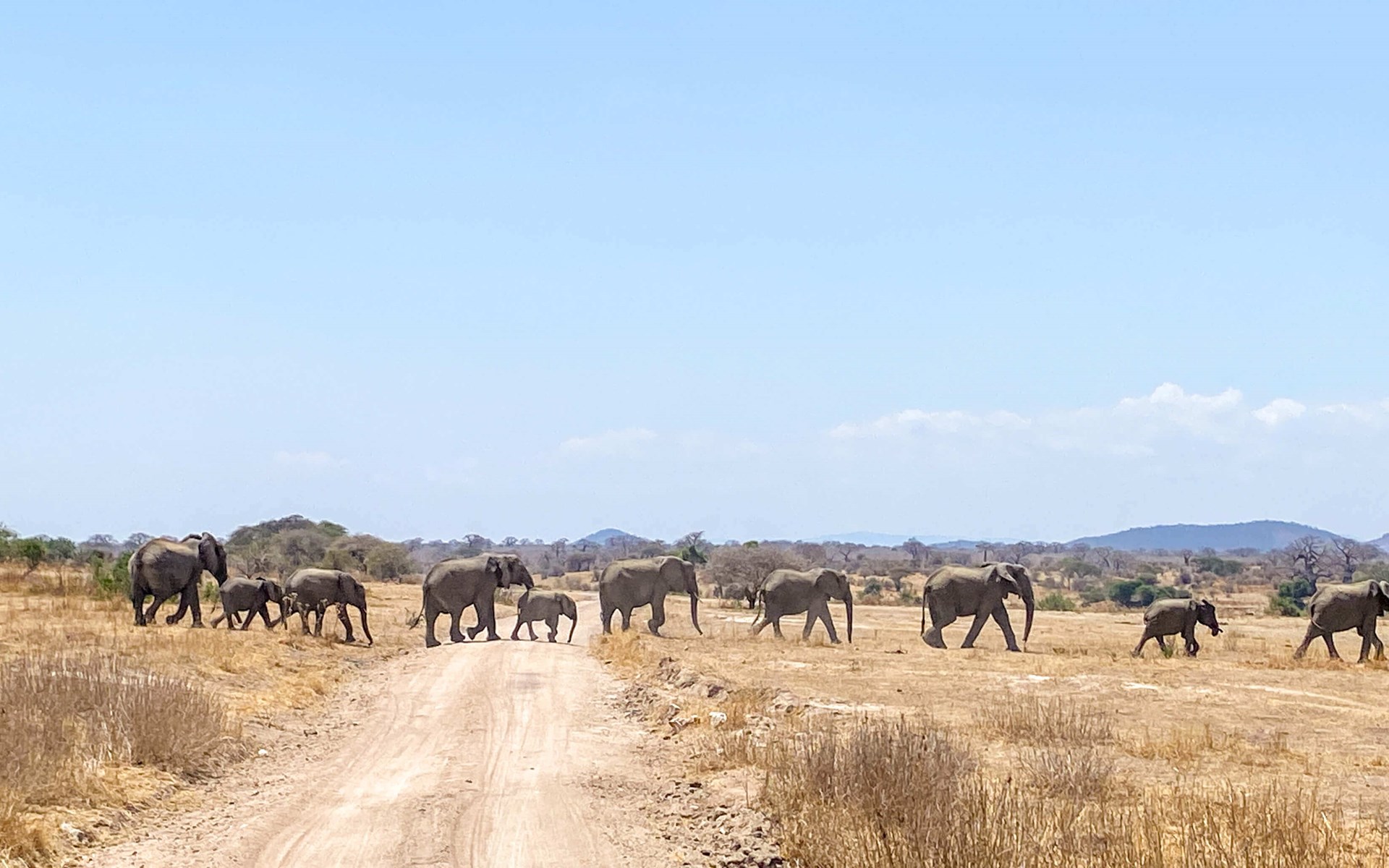
A wild and romantic escape to Southern Tanzania In the summer of 2022, Gary and Yasmin set off to Tanzania for the...

Learn about Zambia’s endemic wildlife, diverse culture & fantastic conservation practices

Everything you need to know about visiting the Iguazu Falls in Argentina If there’s any destination that’s worth the...

With an important wedding anniversary approaching, Sherry and Joseph had long been considering an extraordinary...
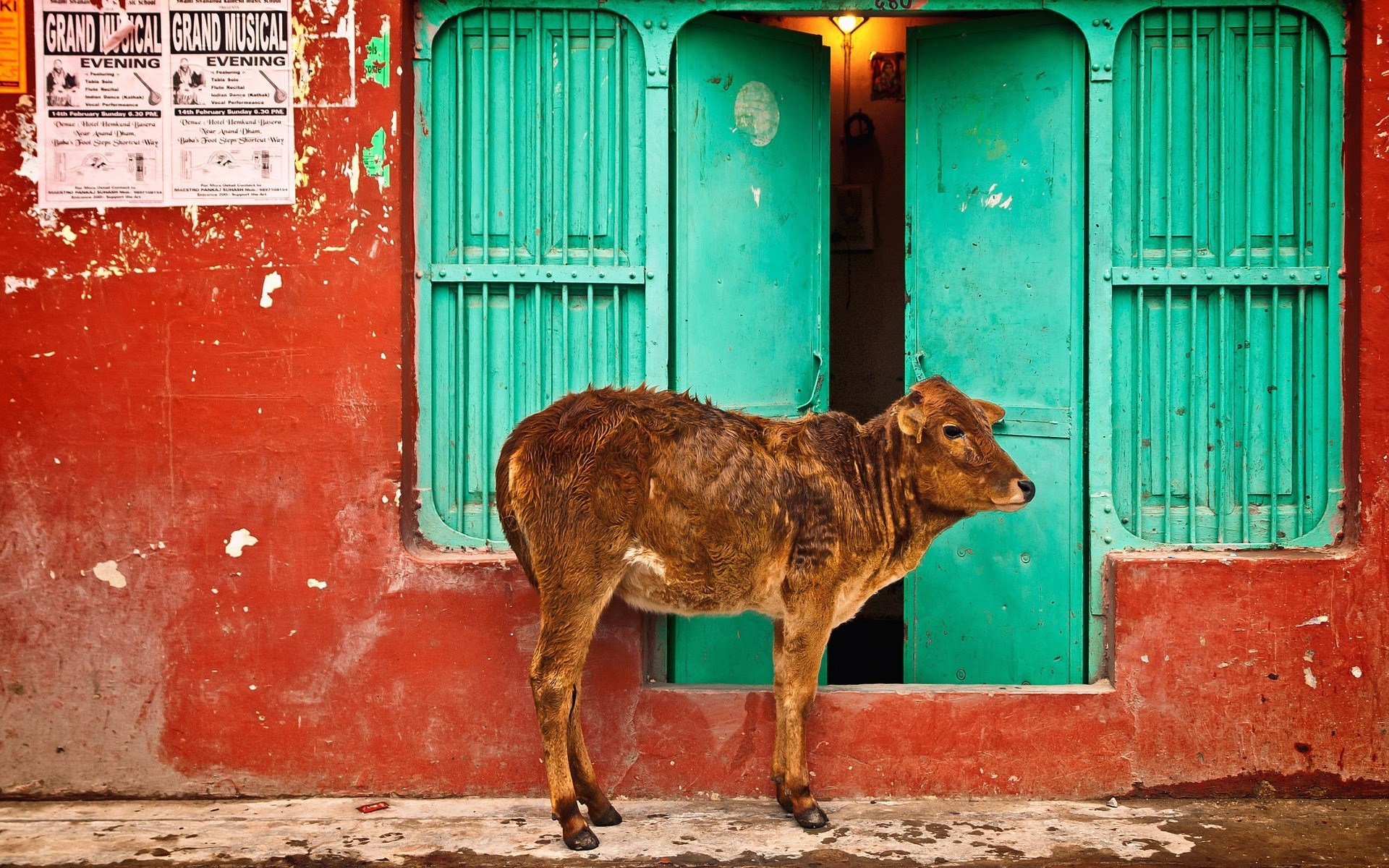
If you’re planning a holiday to India our travel guide will help you decide where and when to go and what to do whilst...

Escapism brought to life: sleeping under the stars in the African wilderness What is Fly Camping? Whilst staying at a...

Epic rollercoaster rides to quiet origami classes, there are so many things to do in Japan with kids Clean, safe and...


Christmas gift ideas that the travel lovers in your life will adore


Read our guide for all you need to know about visiting Antarctica The seventh continent, the white wilderness and the...

From Joy Adamson’s Born Free to Isak Dinesen’s Out of Africa, there’s a long list of fascinating novels that are set in...

If you’re planning a holiday to Rwanda our travel guide will help you decide where and when to go and what to do whilst...

Experience quintessential Japanese hospitality and learn about Japanese history and culture. Staying at a ryokan in...

Join me as I reflect on my 10-day journey where we delved deep into the Andes beyond Machu Picchu, Peru. We uncovered...

Discover the most luxurious train journeys across Asia & Africa There’s a timeless charm to life aboard a luxury train....

For a unique and authentic visit, discover Japan off the beaten path Trade the traditional trip in the big cities for...

Sarah and Christopher Simpson contacted Wayfairer Travel in August 2018 to plan a spectacular family safari holiday....

Read all about Derek and Colleen's magical honeymoon in Kenya Derek & Colleen booked their honeymoon with Wayfairer...
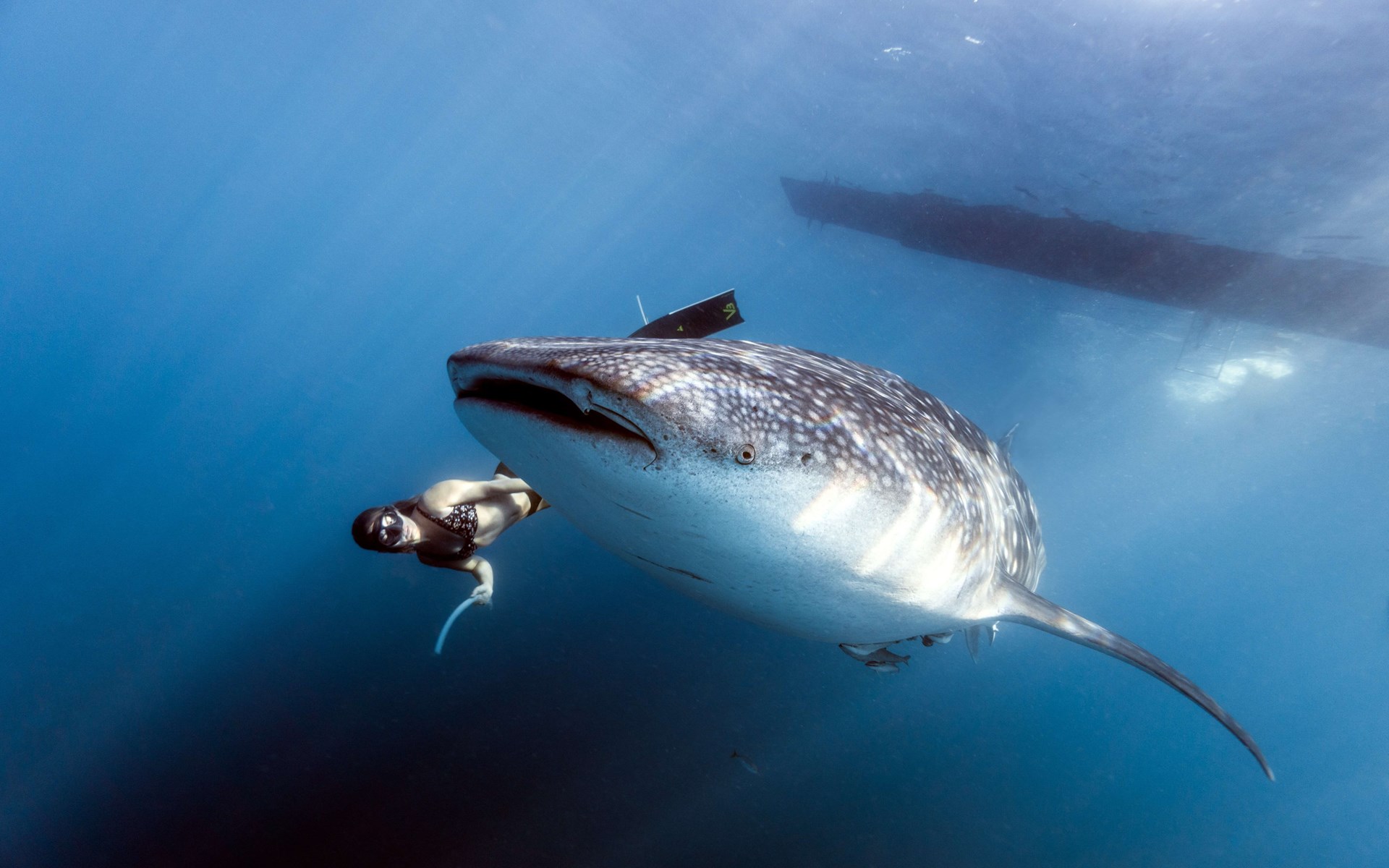

If you’re planning a holiday to Cambodia our travel guide will help you decide where and when to go and what to do...

Discover the best Maori cultural experiences across New Zealand

Rich culture, delicious Japanese cuisine, epic cityscapes & natural landscapes

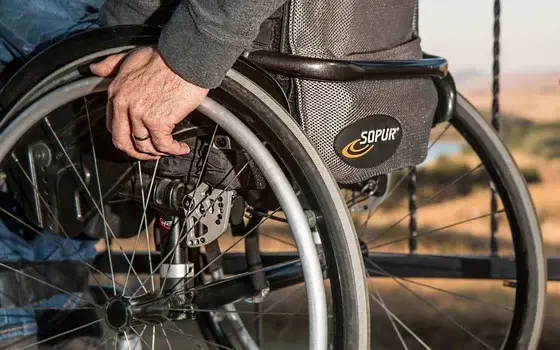
Learn how we organise accessible holidays Recently, Wayfairer had the opportunity to create a tailor made luxury safari...

Have a look at our favourite places to go on Safari to spot the famous Big Five Africa’s Big Five animals are lion,...

If you’re planning a holiday to Namibia our travel guide will help you decide where and when to go and what to do...
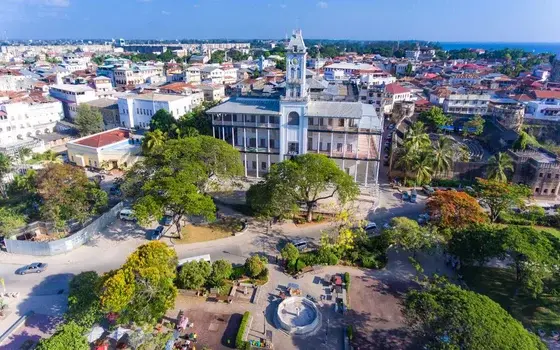
For many adventure holiday lovers, Zanzibar is the perfect place to enjoy sun, sea and sand after a safari or mountain...


Volcanic landscapes, endemic wildlife, Maori culture, plus exquisite Kiwi cuisine If you’re planning a holiday to New...

A wildlife guide to BBC Earth and David Attenborough's latest documentary series BBC Earth and David Attenborough have...
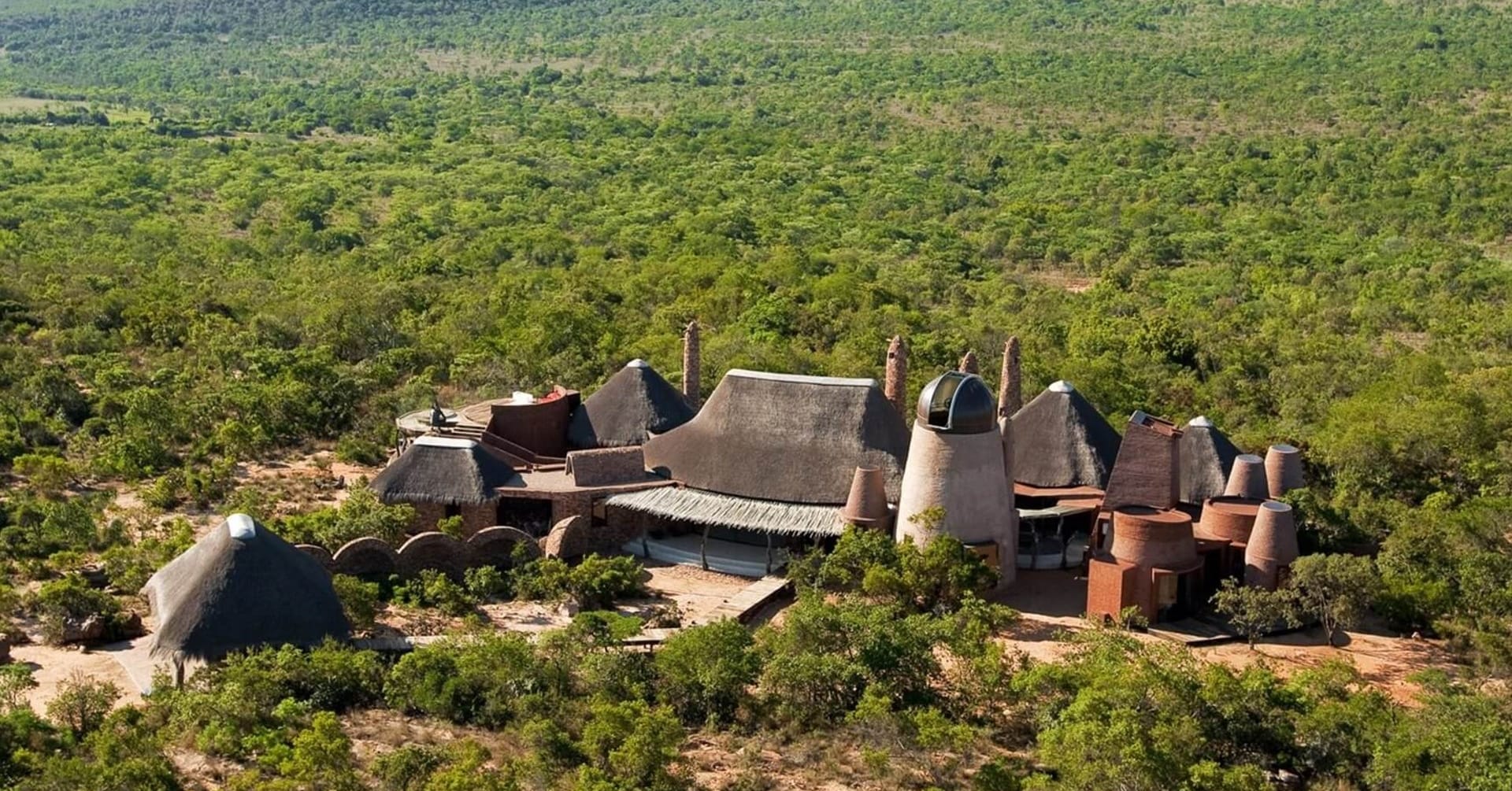
Upon reflection of 2021’s most unique Wayfairer traveller trips, we felt we had to highlight Pam’s South Africa...
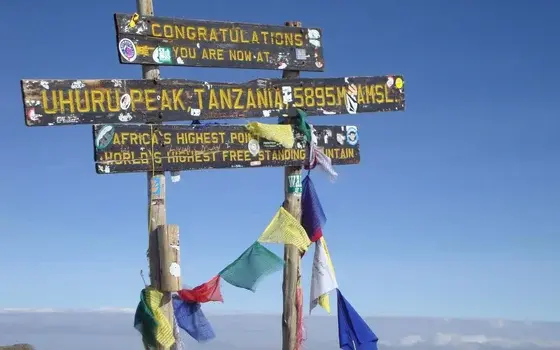
8 Kilimanjaro routes to consider, including Machame & Lemosho Standing at a staggering 5,895 metres, Tanzania's Mount...

If you’re planning a holiday to Uganda our travel guide will help you decide where and when to go and what to do whilst...

From the days of the British Raj to the pain of partition and the subsequent cultural and social struggles of a country...

Discover the best time to visit Victoria Falls, one of the Seven Natural Wonders of the World One of the most iconic...

If you’re planning a holiday to South Africa our travel guide will help you decide where and when to go and what to do...

Planning a honeymoon? Here are 8 incredible itinerary ideas for a romantic, unique and unforgettable East African...

Essential information and practical advice you need to ensure you're fully prepared for your Kilimanjaro trek Over...

Cradled in the picturesque hills of Central India, Bandhavgarh Tiger Reserve is one of the best places to see wild...
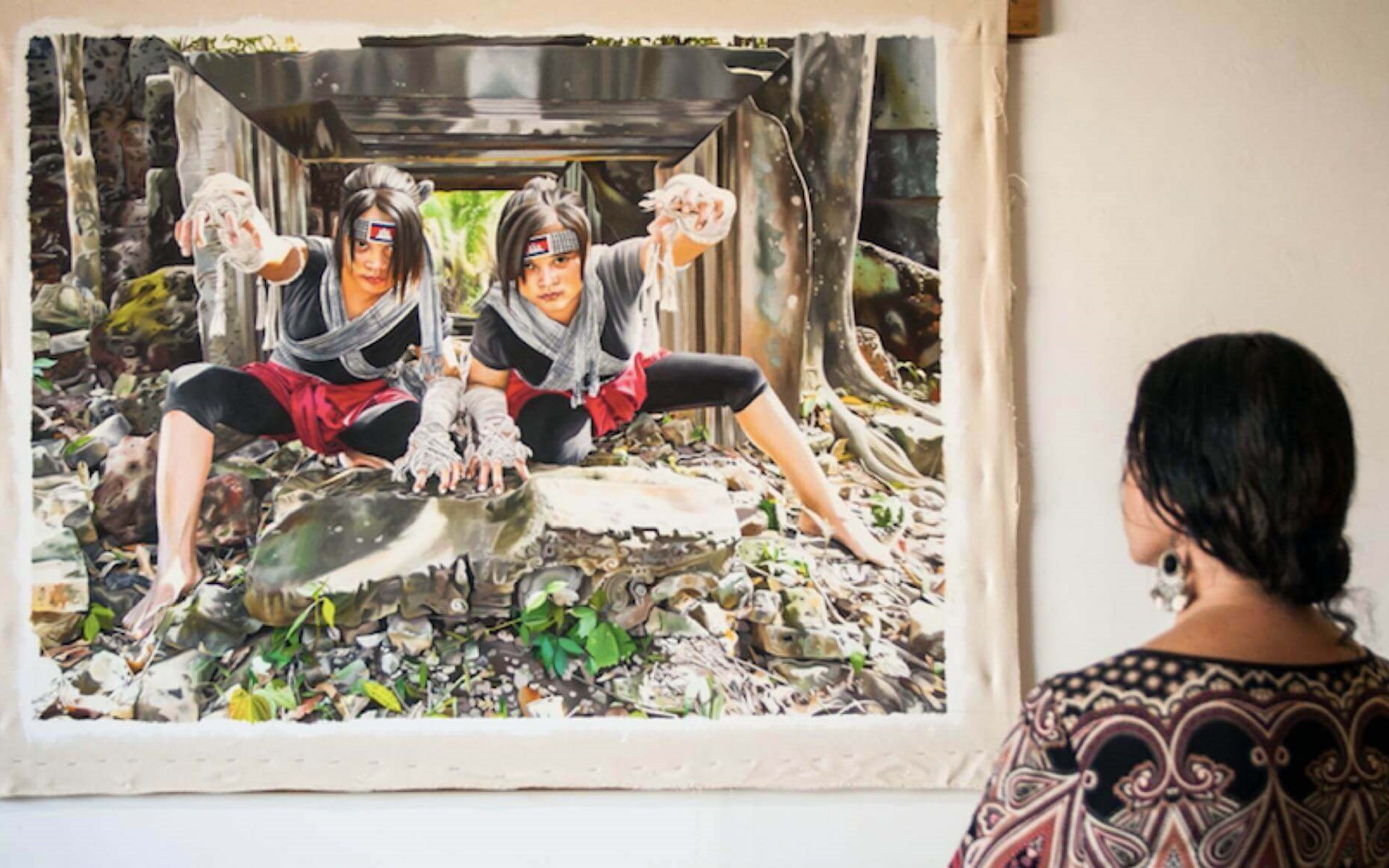
We speak to Robina Hanley, art historian and founder of Siem Reap Art Tours, about hidden artistic gems our guests...